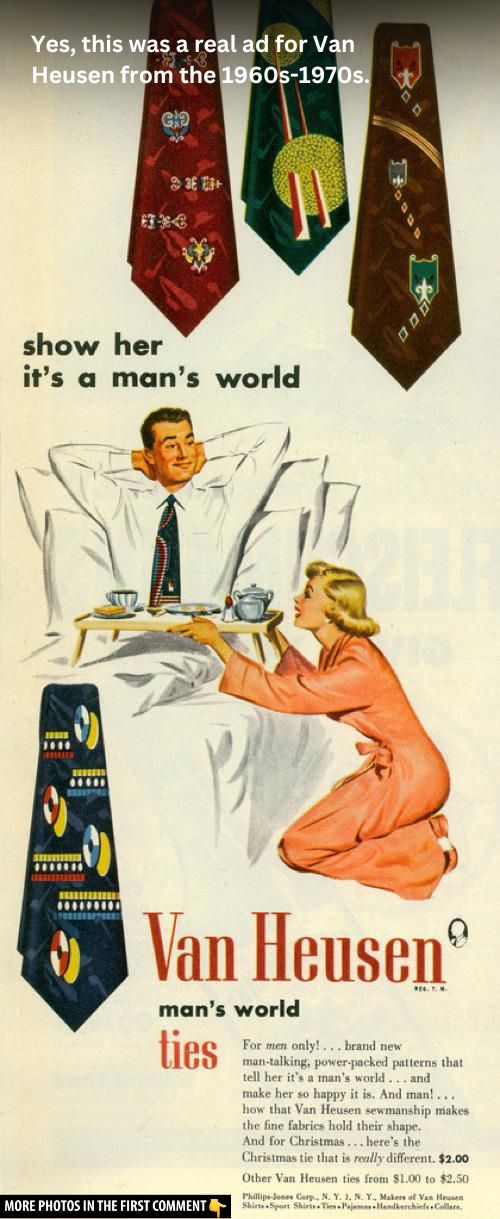Advertising has always been a reflection of the time in which it is created, showcasing society’s values, beliefs, and perceptions. As we look back on vintage advertisements, it’s impossible to ignore the overt sexism and offensive messaging that permeated the media landscape of the 1950s, 60s, and 70s. These ads, often aimed at reinforcing traditional gender roles and social norms, would undoubtedly raise eyebrows today. In this article, we will explore some of the most shocking sexist and offensive vintage ads from the past, examining how they reinforced harmful stereotypes and how advertising has evolved since then.
The 1950s and 1960s: Advertising’s Golden Age of Gender Stereotypes
The 1950s and 60s marked a time of great social change in America, but many of the advertisements from this period remained deeply entrenched in traditional gender roles. Women were often portrayed as homemakers, subservient to their husbands, and responsible for the care of the family. Men, on the other hand, were depicted as powerful breadwinners and decision-makers.
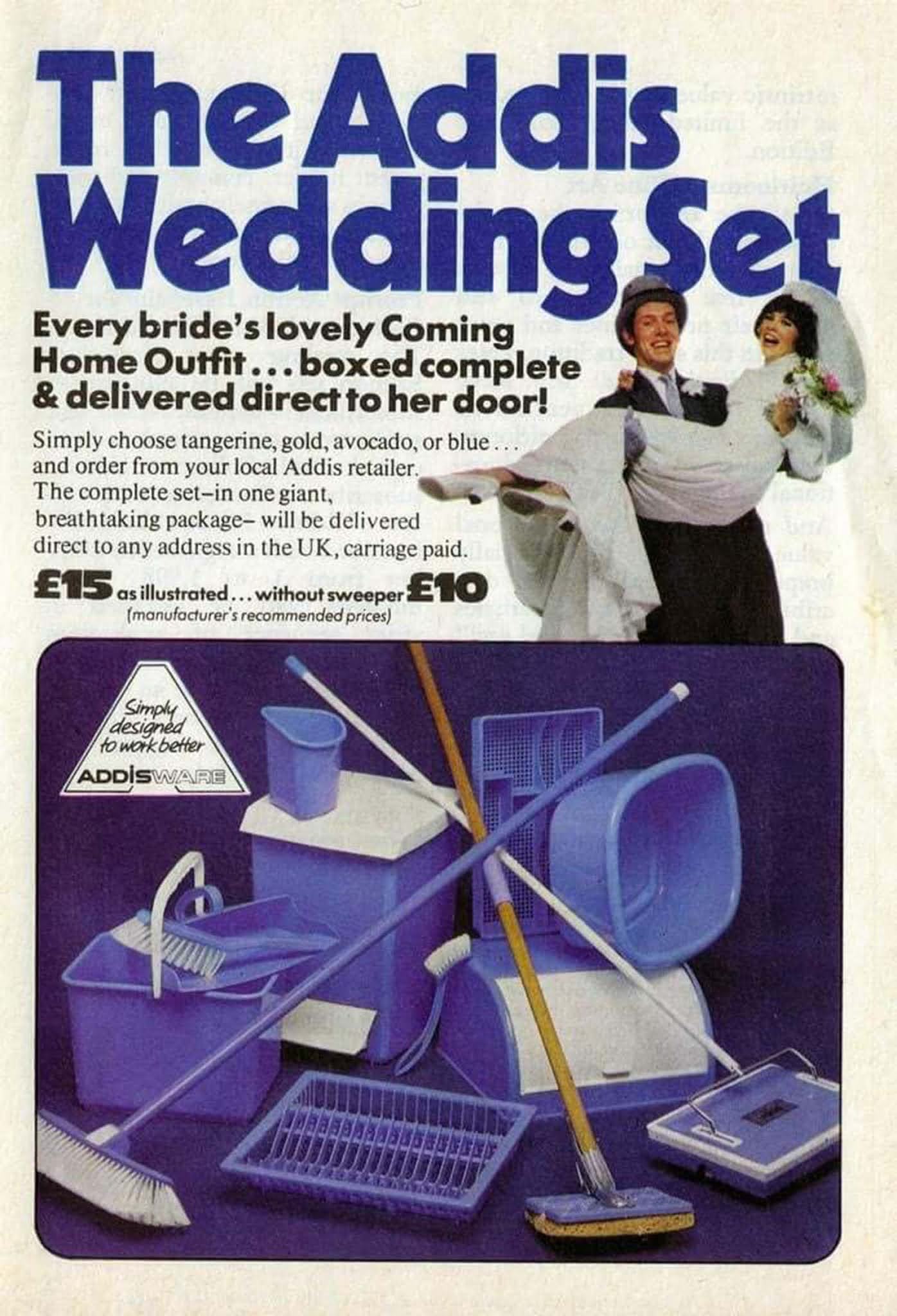
Advertising during this time was designed to appeal directly to these gendered expectations. Products aimed at women, like cleaning supplies, cosmetics, and household goods, were marketed with messages that implied a woman’s worth was tied to her ability to please her husband and maintain a spotless home. Ads for men’s products, like cigarettes and automobiles, reinforced the notion that men should embody strength, control, and authority.
One example from the 1960s features an ad for a cleaning product that says, “Please… let your wife come into the living room!” This ad reflects the widespread belief that a woman’s place was in the home, maintaining a perfect household for her husband’s return. Similarly, ads for products like cooking appliances often carried messages suggesting that a wife’s success in her marriage was determined by her ability to serve her husband well in the kitchen.
Video
Iconic Sexist Ads That Reinforced Gender Norms
Many vintage ads went beyond subtle suggestions of gender roles, using outright offensive imagery and messaging to reinforce outdated and harmful stereotypes. These ads often reduced women to nothing more than objects of desire or submissive figures designed to cater to men.
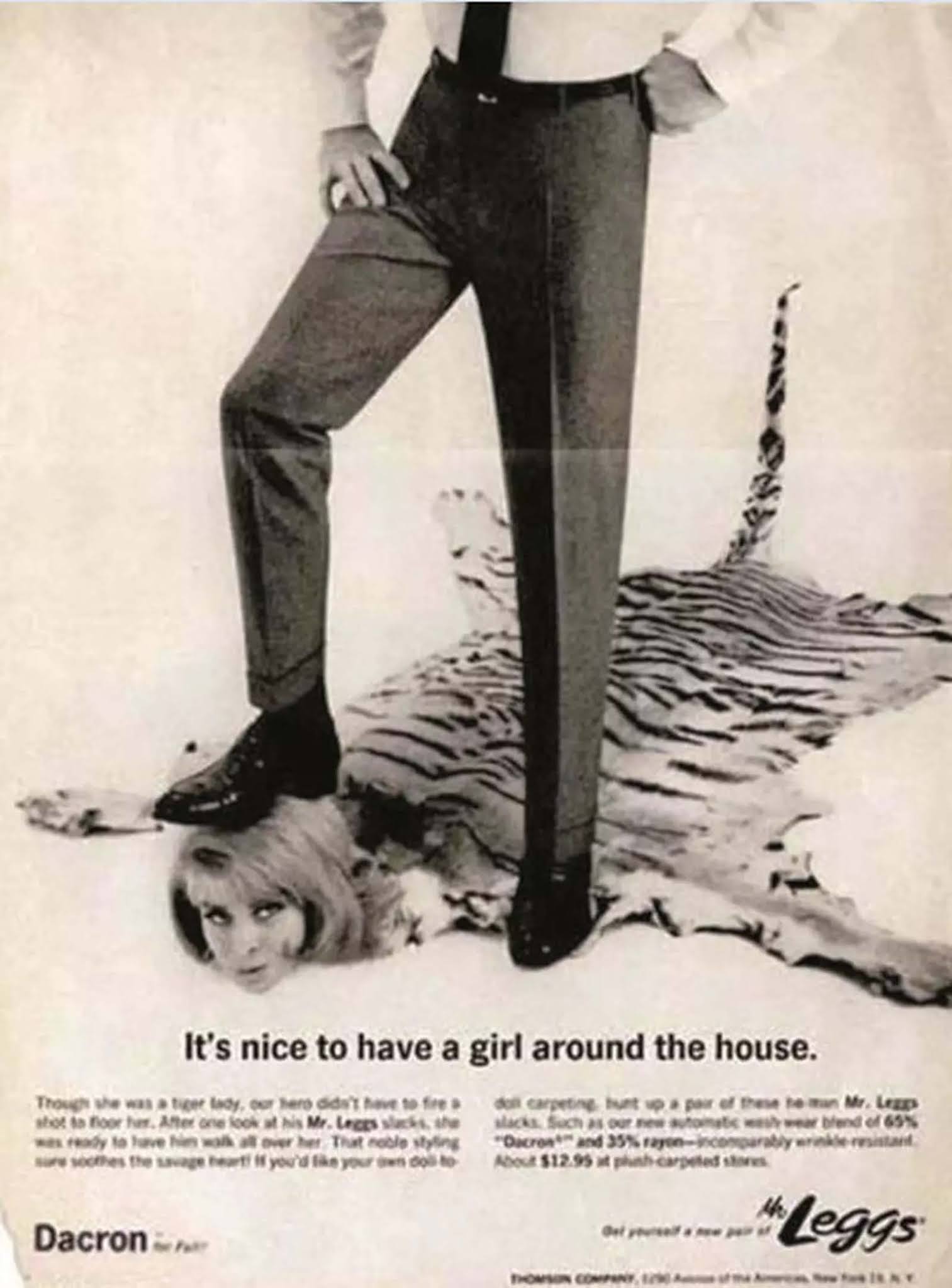
For example, an ad for men’s slacks from the 1970s depicted a woman as a tiger-skin rug, boasting: “After one look at his Mr. Leggs slacks, she was ready to have him walk all over her.” This ad explicitly reduced the woman to an object of male desire and submission, reinforcing the idea that a woman’s worth was in her ability to please a man. Such ads were common in the 1960s and 70s when the advertising industry often used sex to sell products, regardless of the message it sent about women.
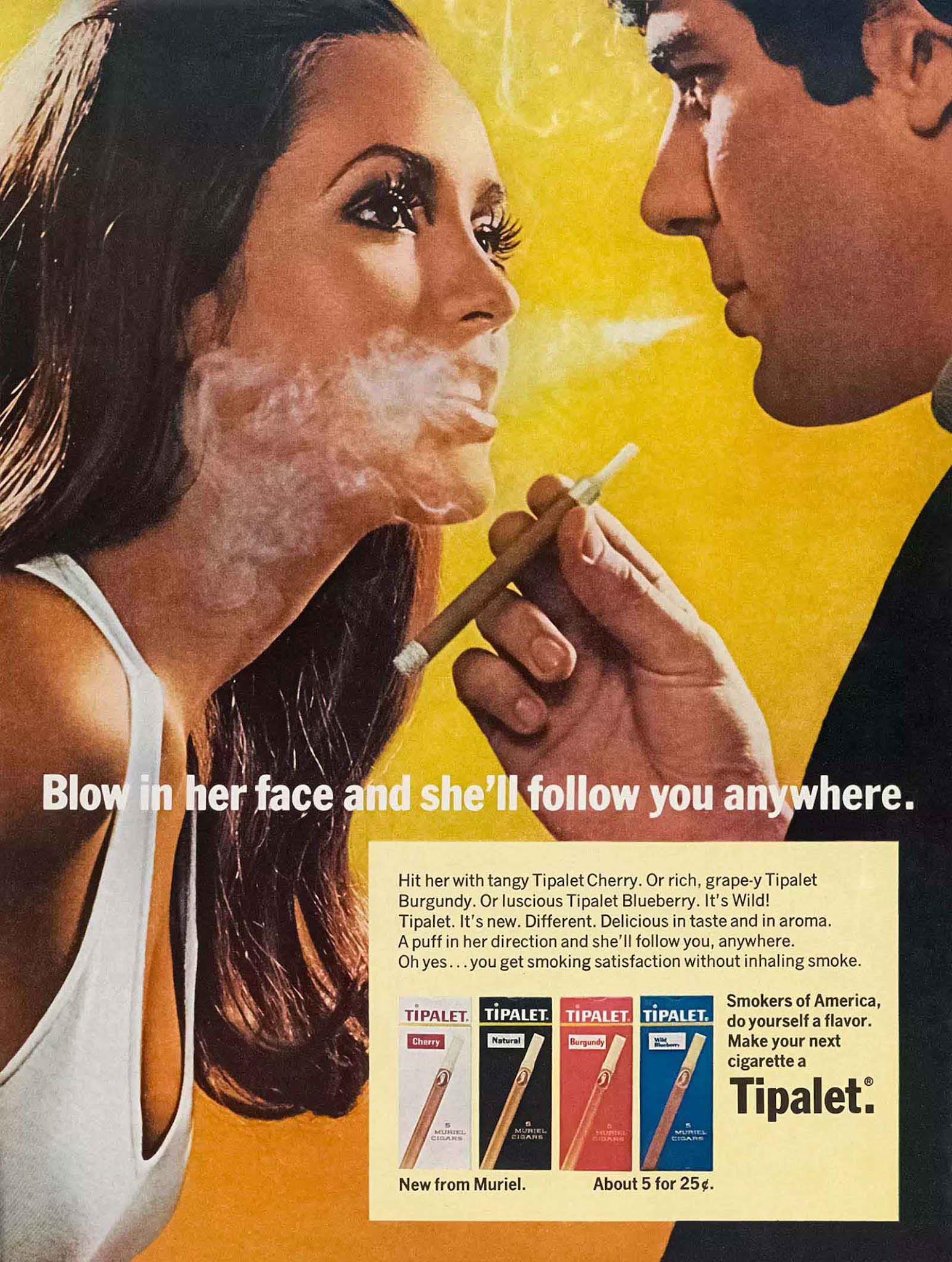
Another particularly shocking ad from the 1960s shows a man blowing smoke in a woman’s face with the tagline, “Blow in her face and she’ll follow you anywhere.” This ad, promoting a cigarette brand, depicted a woman’s submission to a man’s will, linking the act of smoking with power and control. These types of ads, though extreme by today’s standards, were part of a larger trend of objectifying women in advertisements and reinforcing the idea that a woman’s place was to be controlled by men.
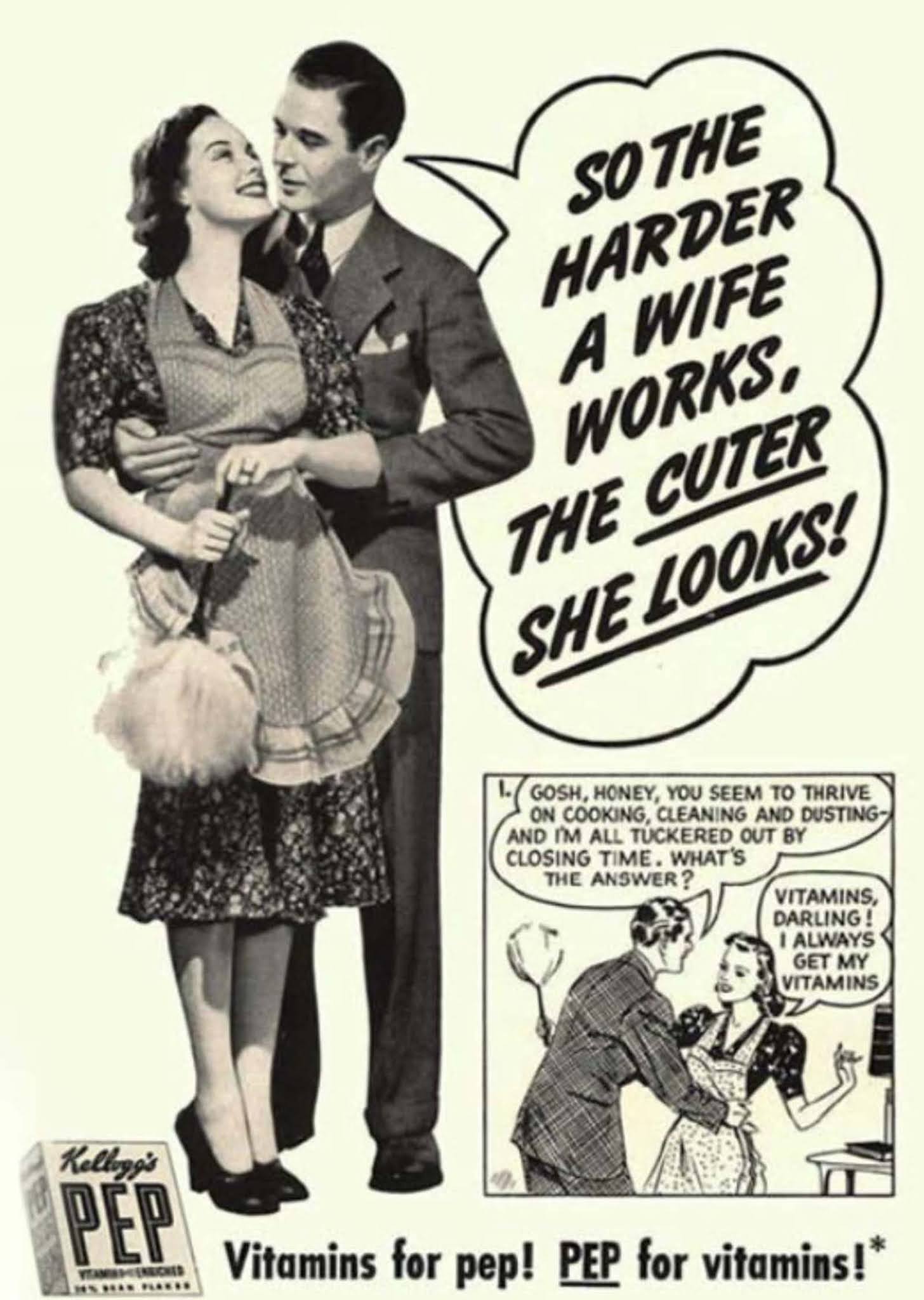
Vintage ads from major brands like Kellogg’s and Volkswagen also perpetuated sexist messaging. For instance, a Kellogg’s ad from the 1950s boldly stated, “The harder a wife works, the cuter she looks.” This ad reinforced the notion that a woman’s value was directly linked to her ability to perform domestic tasks and maintain an appealing appearance for her husband. A Volkswagen ad from the same period read, “Women are soft and gentle, but they hit things,” which not only objectified women but also mocked them as fragile and incapable of strength or autonomy.
The Shift Toward More Inclusive Advertising
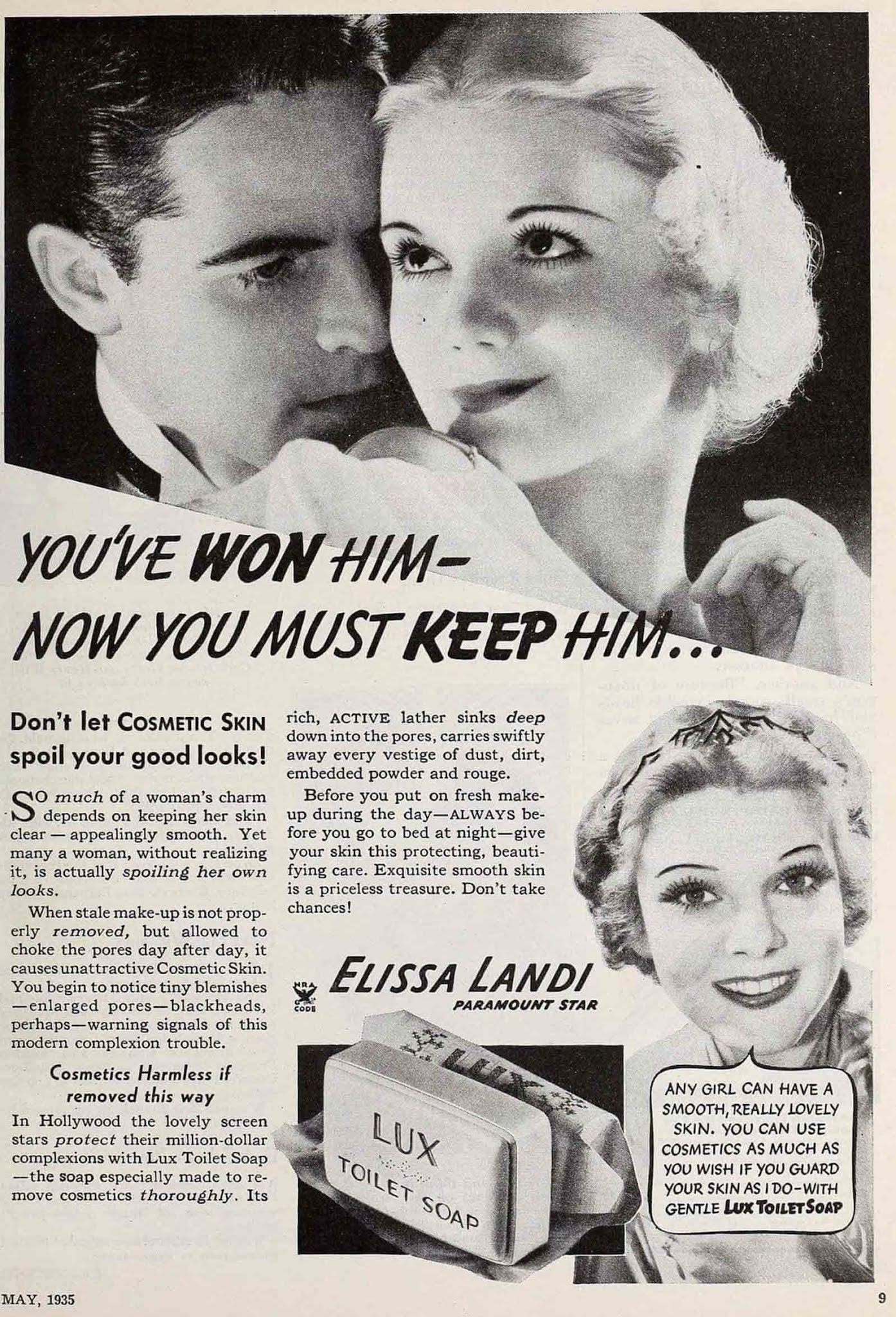
As society evolved, so too did the world of advertising. By the 1970s and beyond, changes in public consciousness and the rise of feminism began to challenge the long-held stereotypes about gender roles. Advertisers began to recognize that women were no longer content to be confined to the roles of wife and mother; they were entering the workforce in greater numbers and demanding a broader representation in the media.
The feminist movement played a significant role in this shift, pushing back against the portrayal of women as mere objects of desire or domestic servants. Advertisers began to face pressure to reflect these changing societal values in their campaigns. While some of the most blatant sexist advertisements continued well into the 1970s, a noticeable shift toward more respectful, diverse portrayals of women in advertisements began to take root.
By the late 20th century, ads began to reflect a broader understanding of gender, showing women in positions of power, independence, and influence. The stereotype of the submissive housewife slowly faded, and ads featuring women in professional settings or pursuing their own goals became more common.
The Legacy of Offensive Vintage Ads
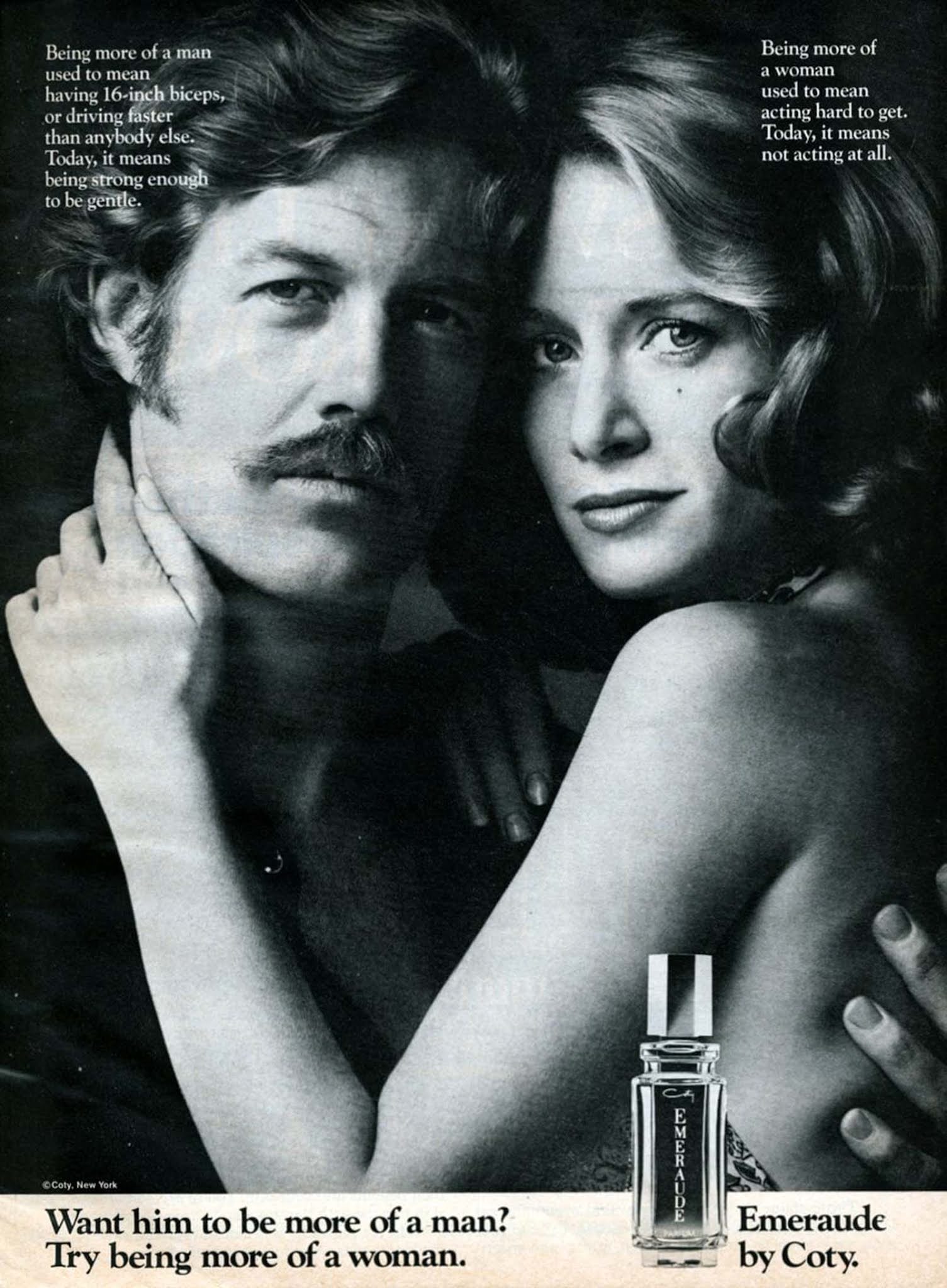
Despite the progress in modern advertising, the legacy of sexist and offensive vintage ads still lingers. These ads serve as a historical record of a time when societal norms were vastly different, but they also highlight the importance of constantly questioning the messages we see in the media today.
The more offensive vintage ads still serve as a reminder of the work that remains in creating truly inclusive advertising. While companies today are held to higher standards of representation and equality, the advertising industry continues to face challenges around issues of diversity, gender, and respect. The backlash against some contemporary ads that perpetuate stereotypes or reinforce harmful norms shows just how far we’ve come in holding advertisers accountable for the messages they send.
Vintage sexist ads also remind us of how much has changed in the cultural conversation around gender. What was once considered acceptable advertising has now been universally condemned for its harmful impact on societal perceptions of women and men. These advertisements, once widely distributed, now stand as an uncomfortable reflection of the past, encouraging us to think critically about how far we’ve come and what progress still needs to be made.
Gallery: Vintage Sexist and Offensive Ads
To fully understand the power and controversy of these vintage ads, a gallery of images from the era offers a visual journey through the most egregious examples. From ads depicting women as mere objects of desire to others that blatantly promote harmful stereotypes, this gallery helps readers see how the past shaped the present—and why we must continue striving for a more respectful and inclusive future.
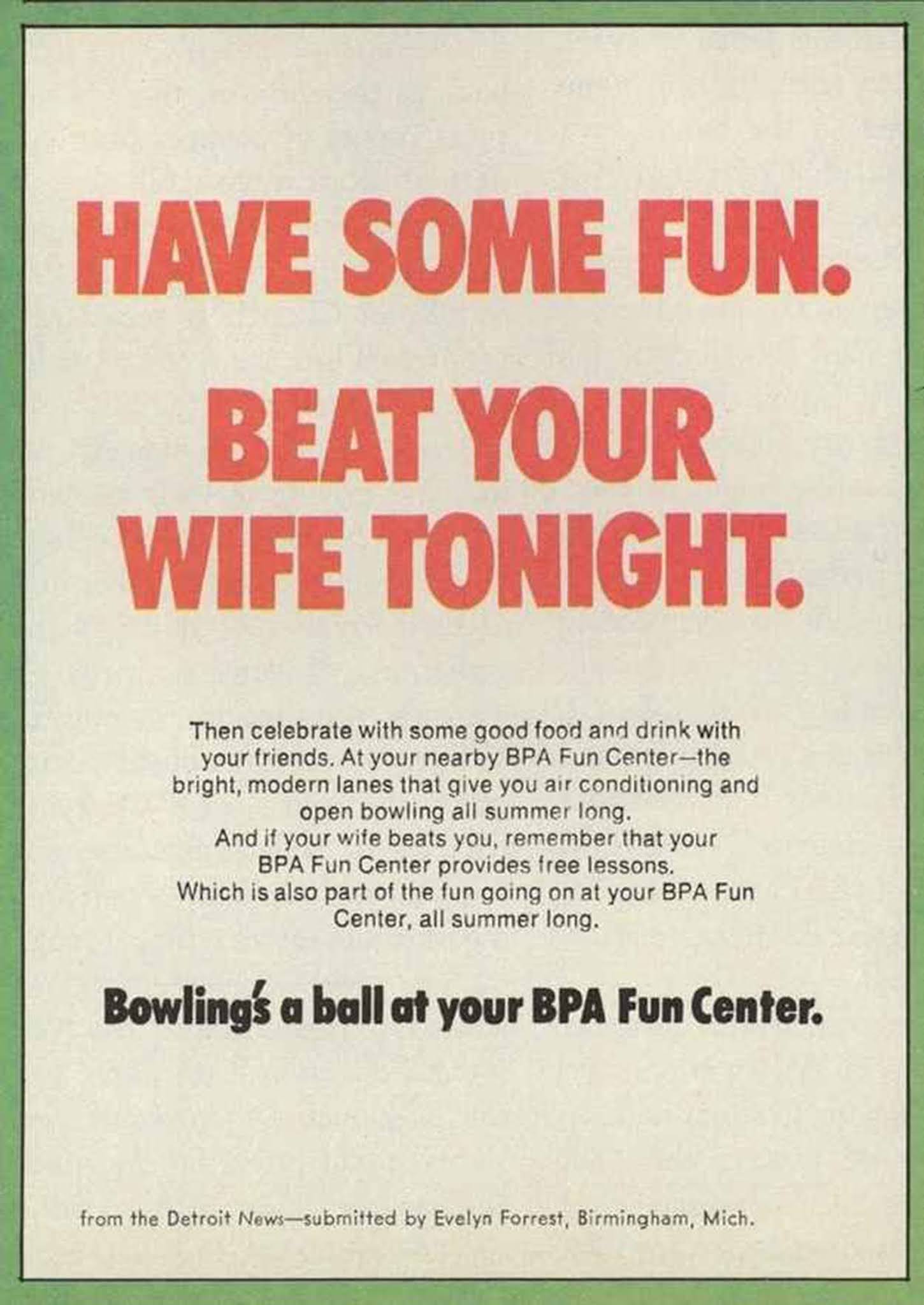

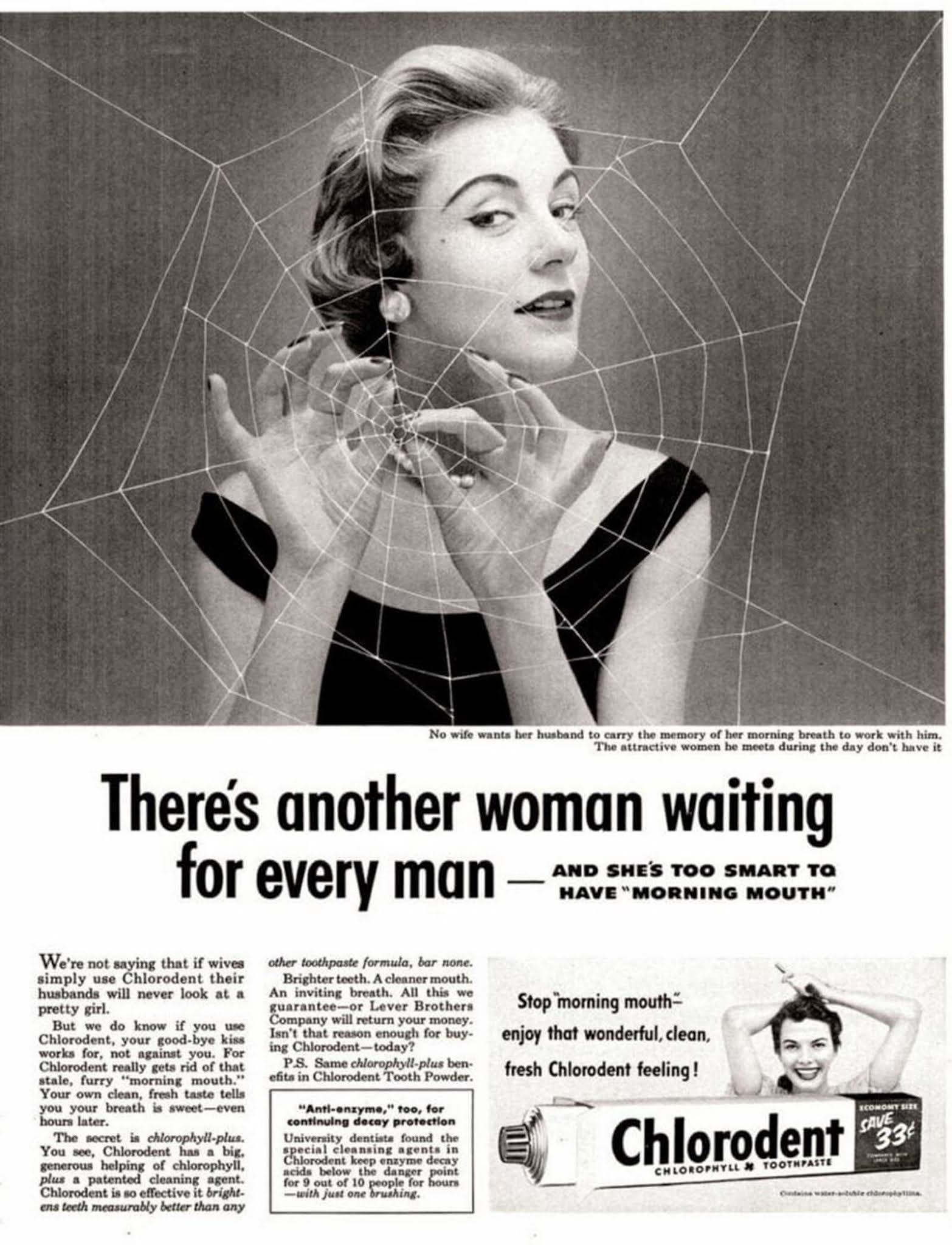
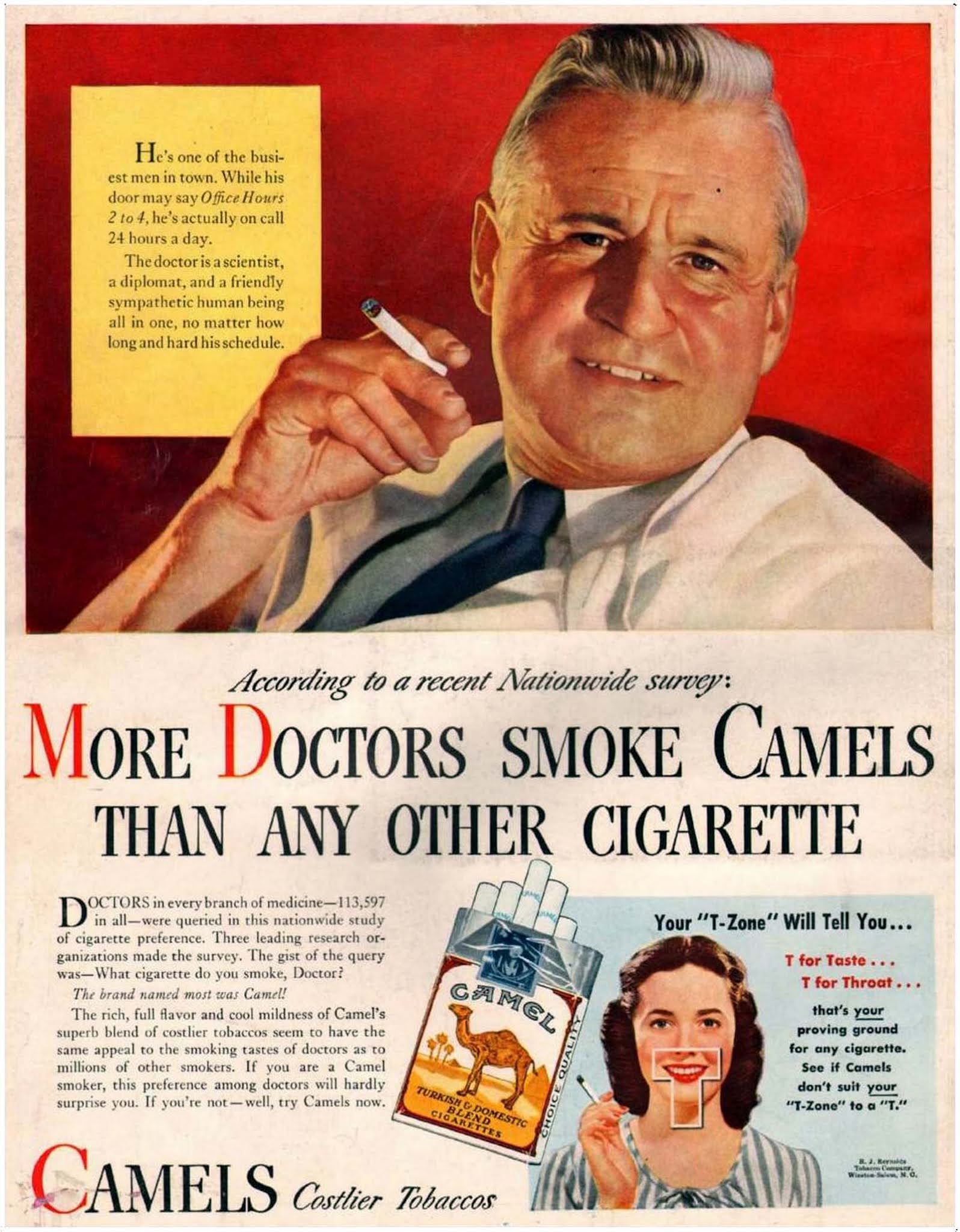
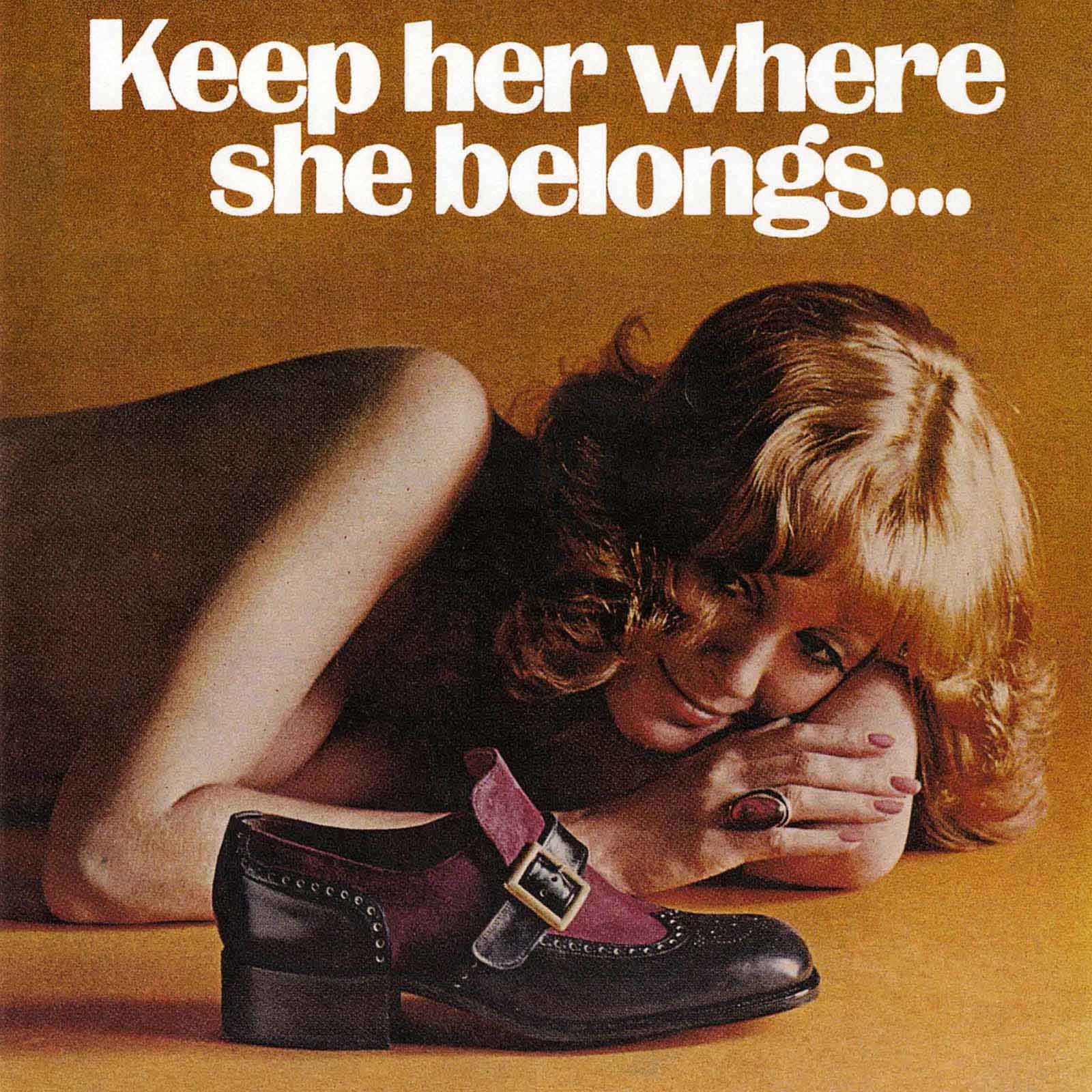
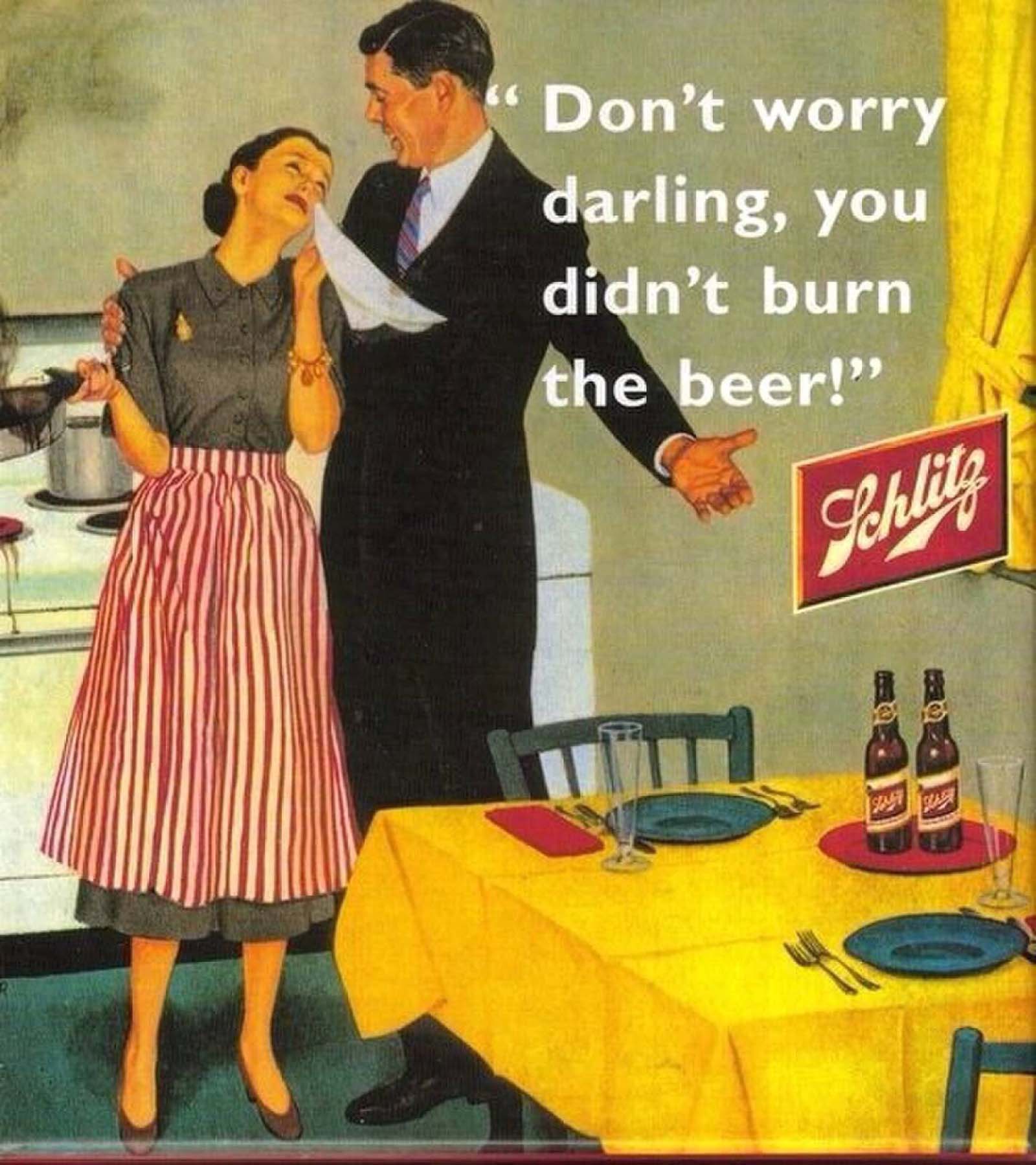
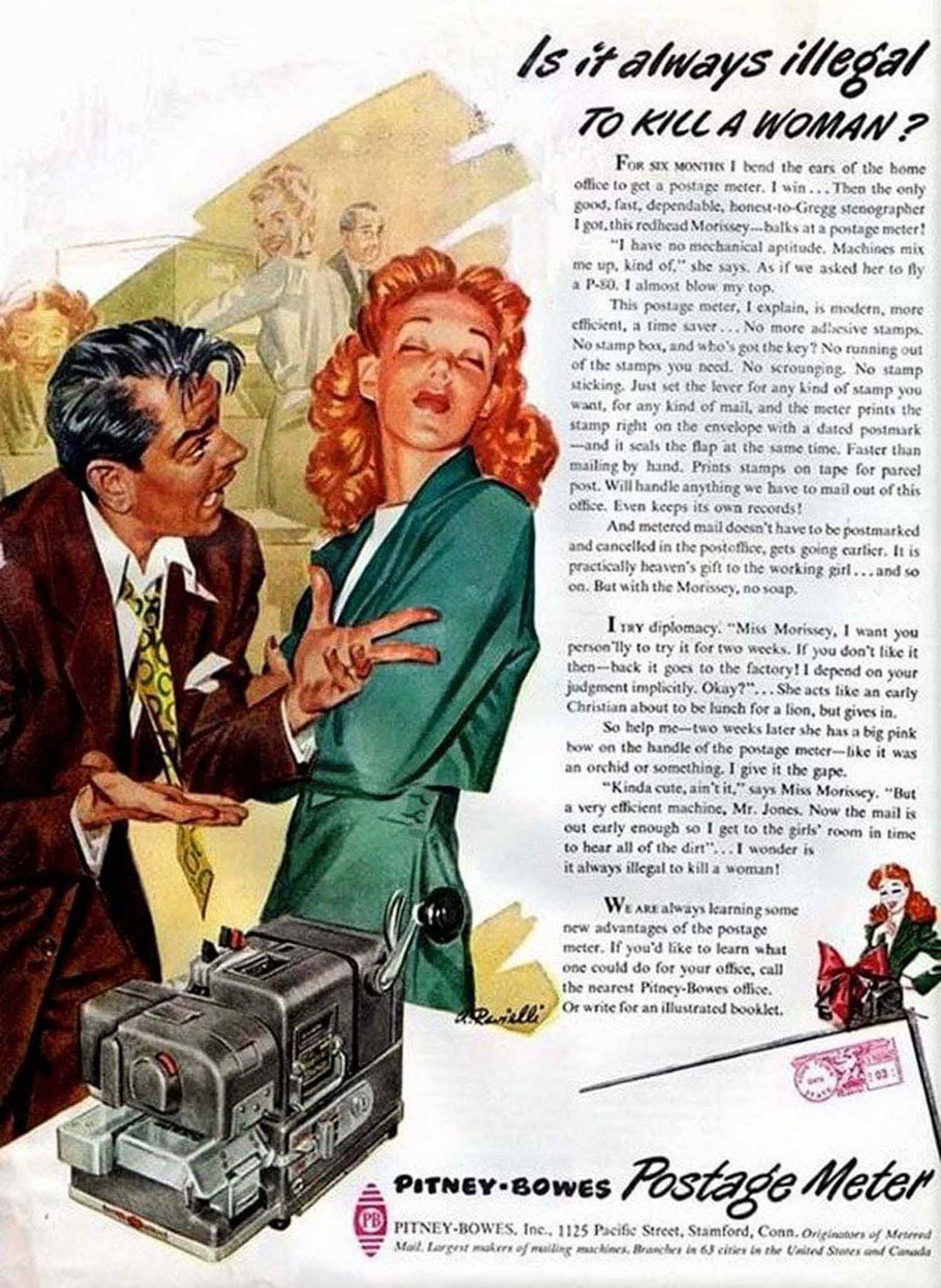

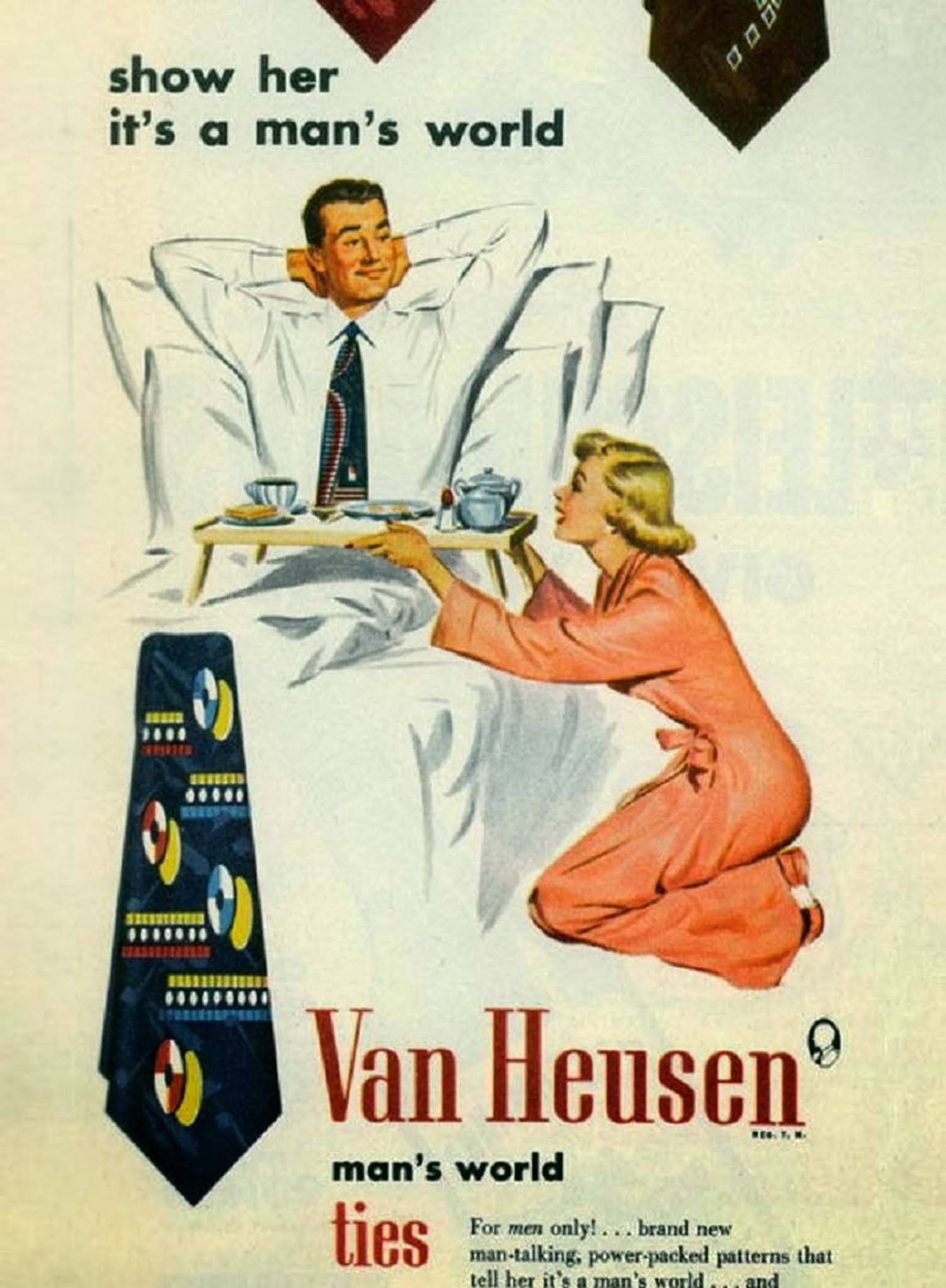
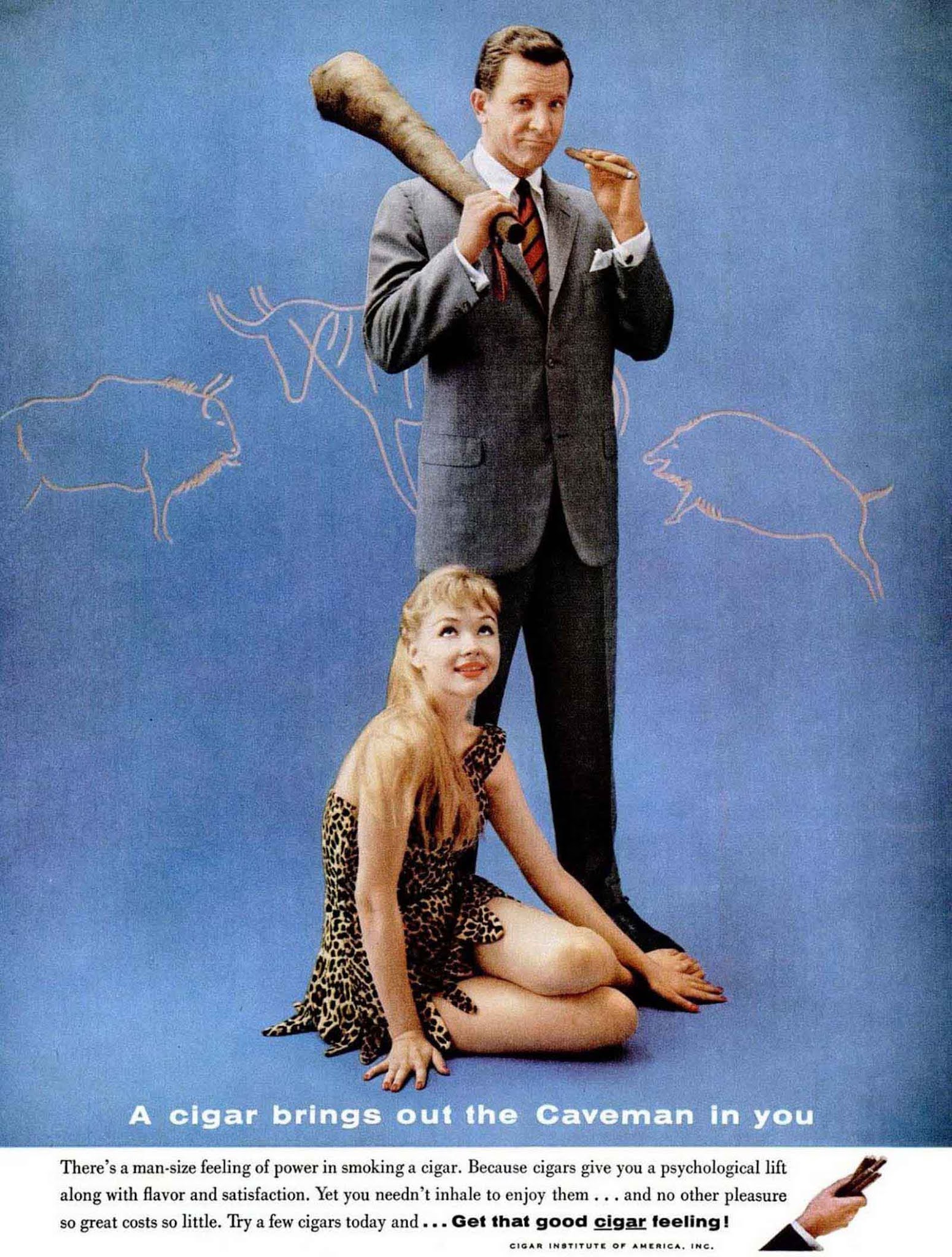

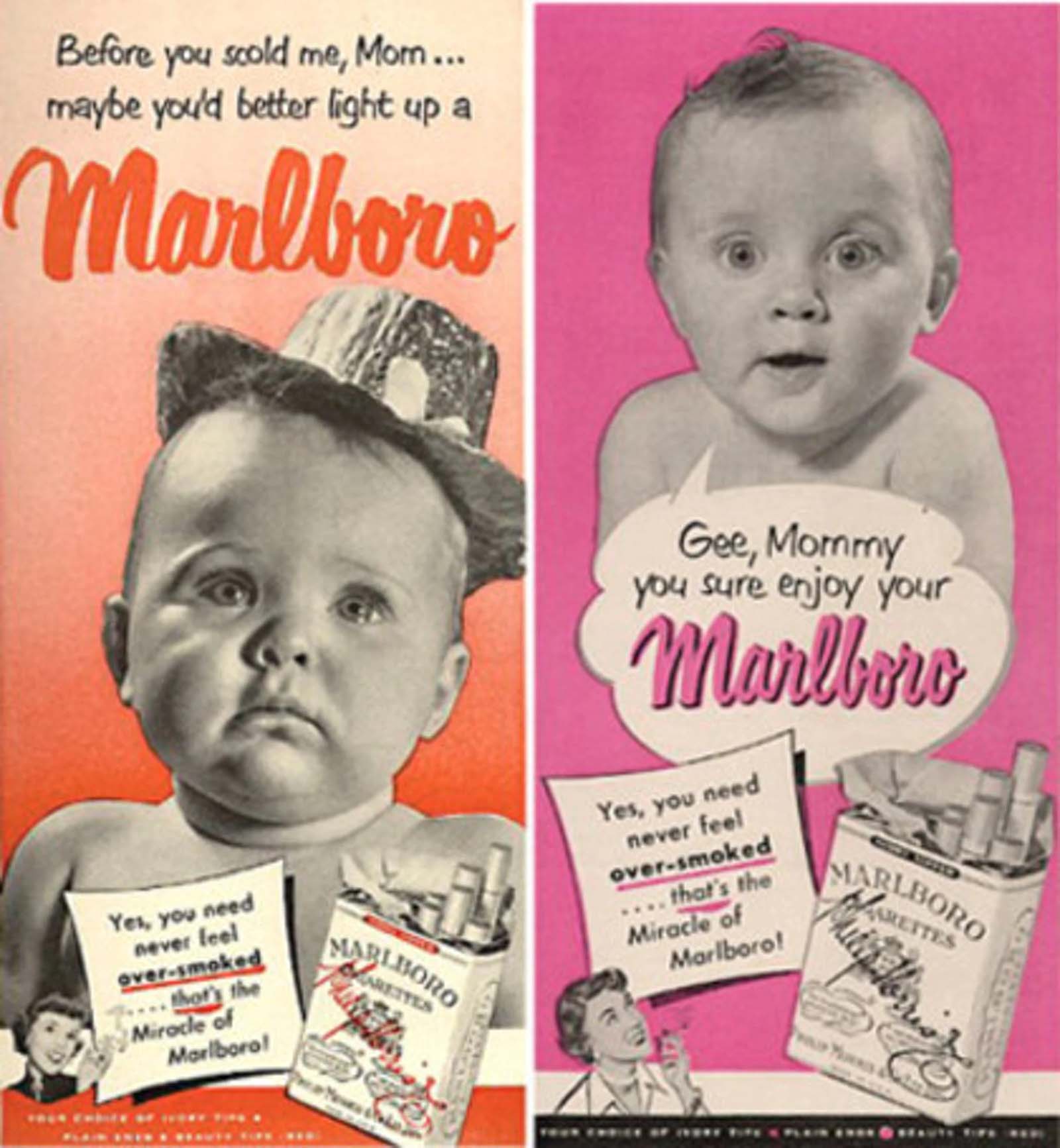
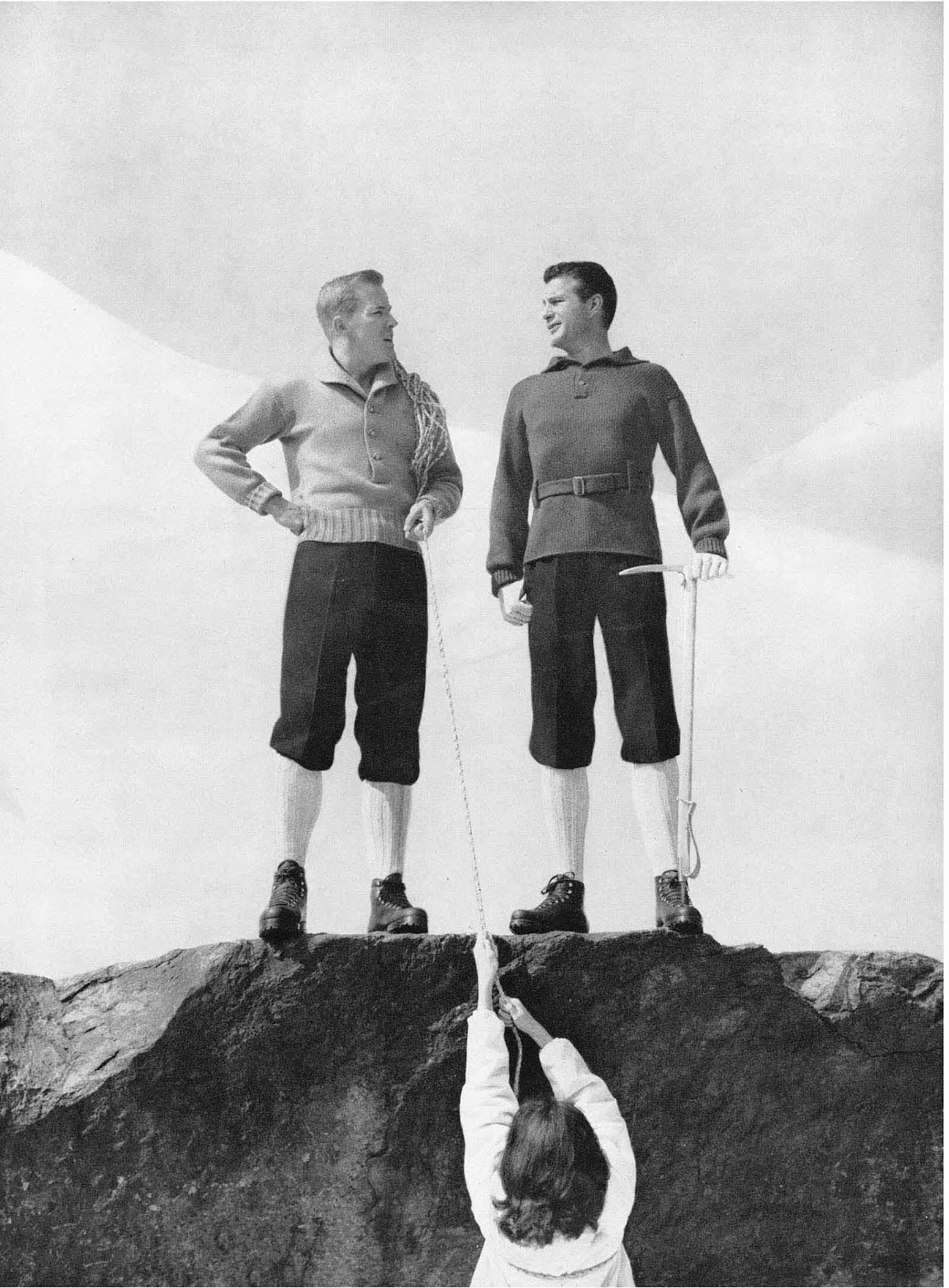
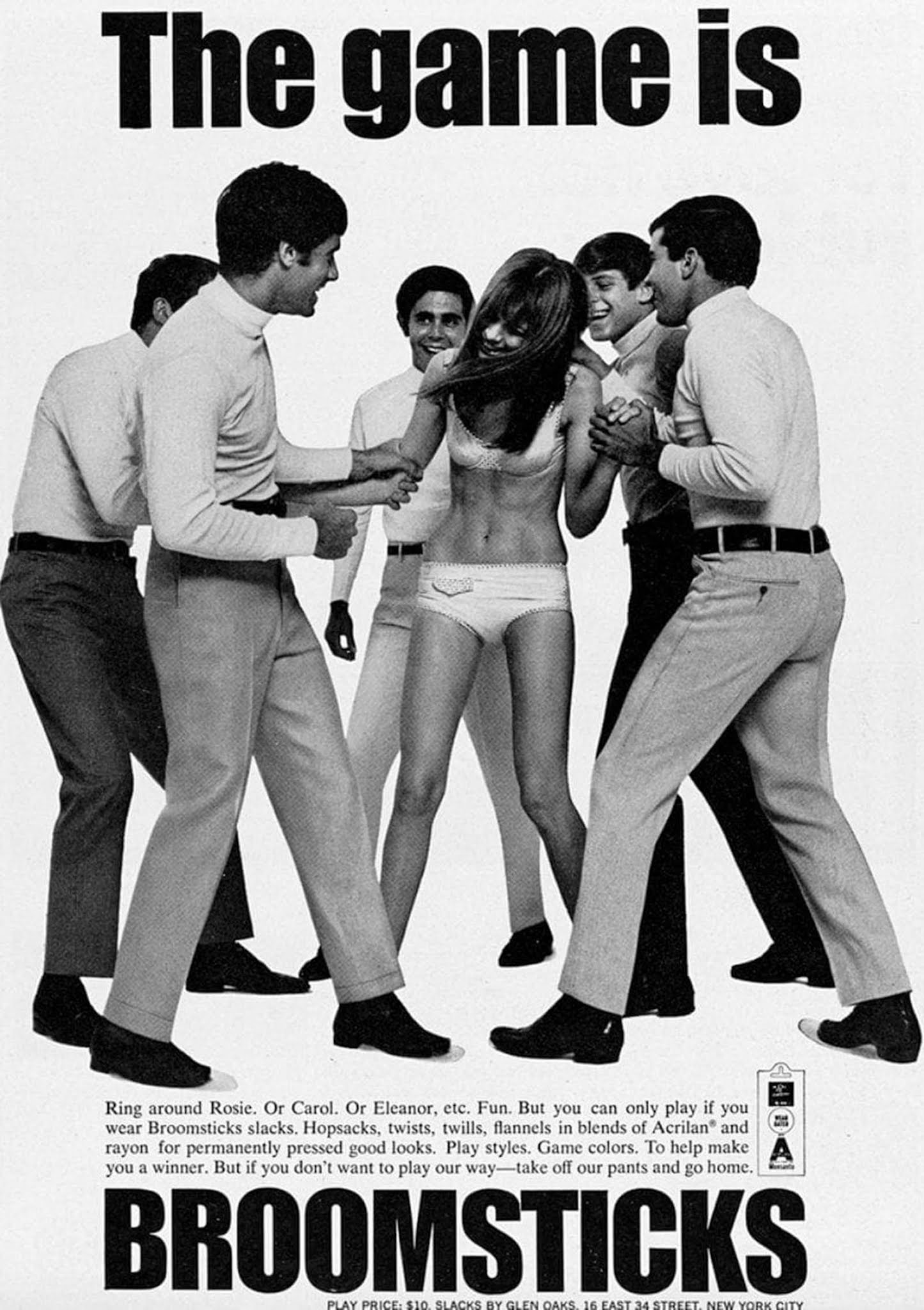
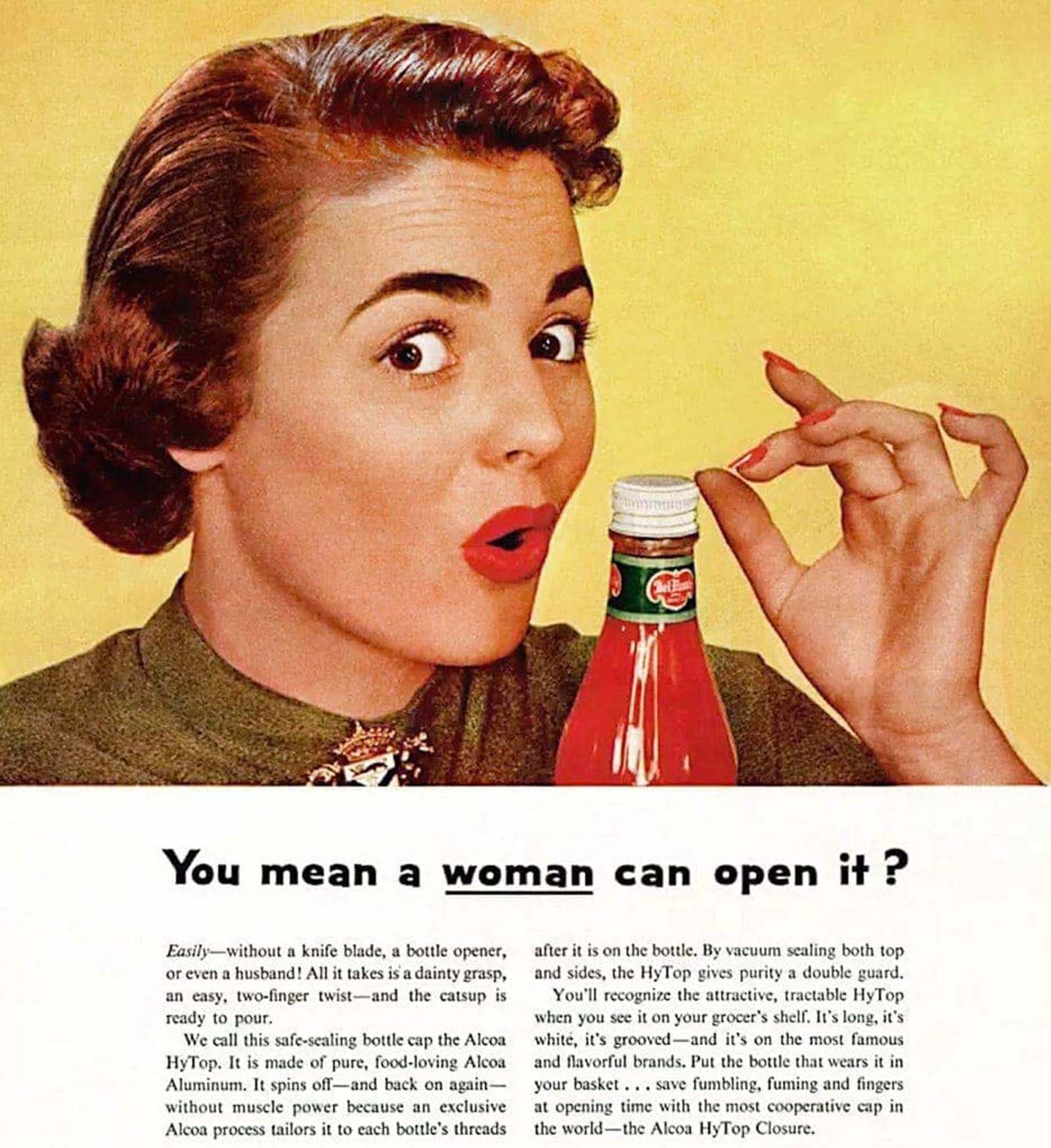
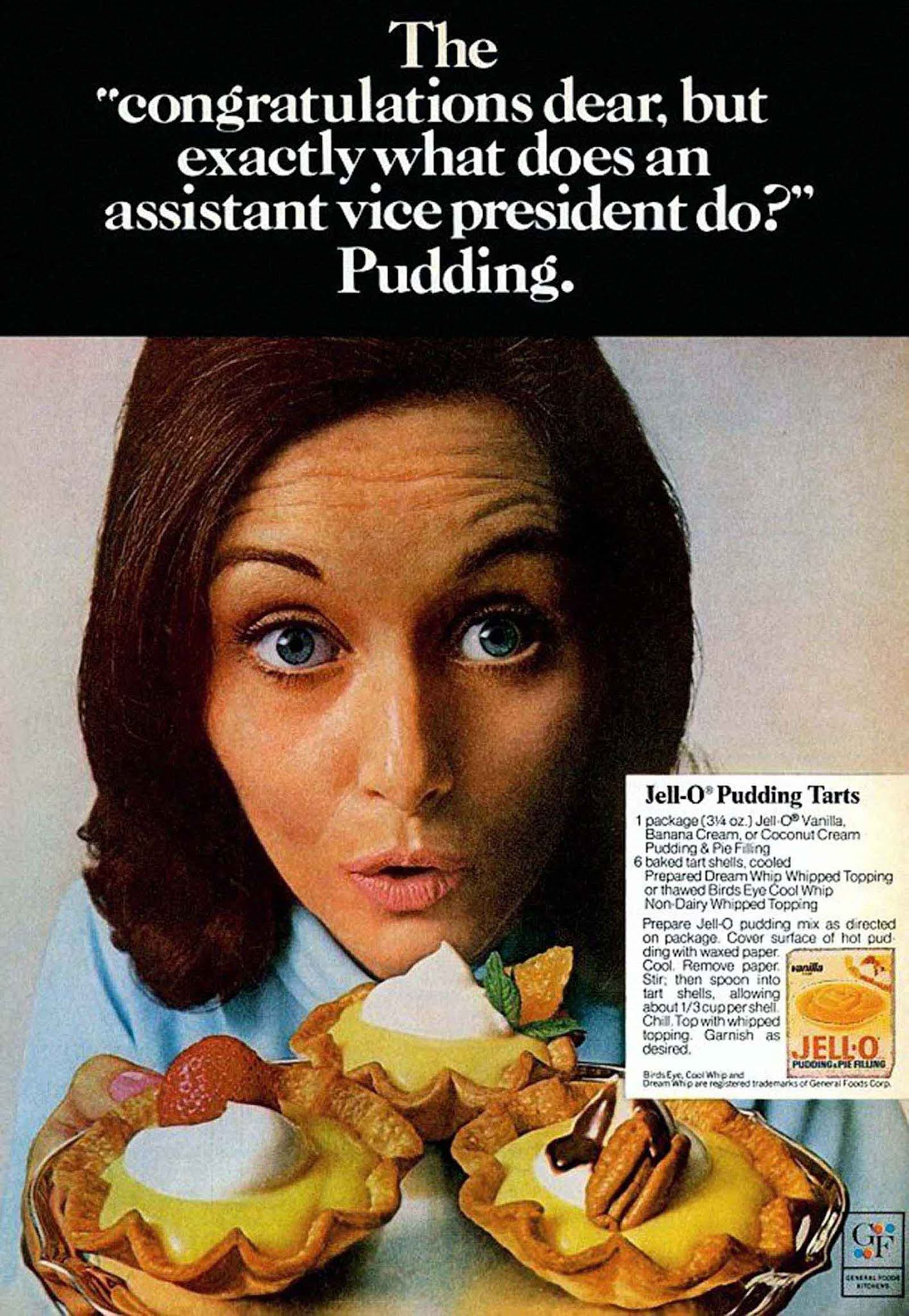
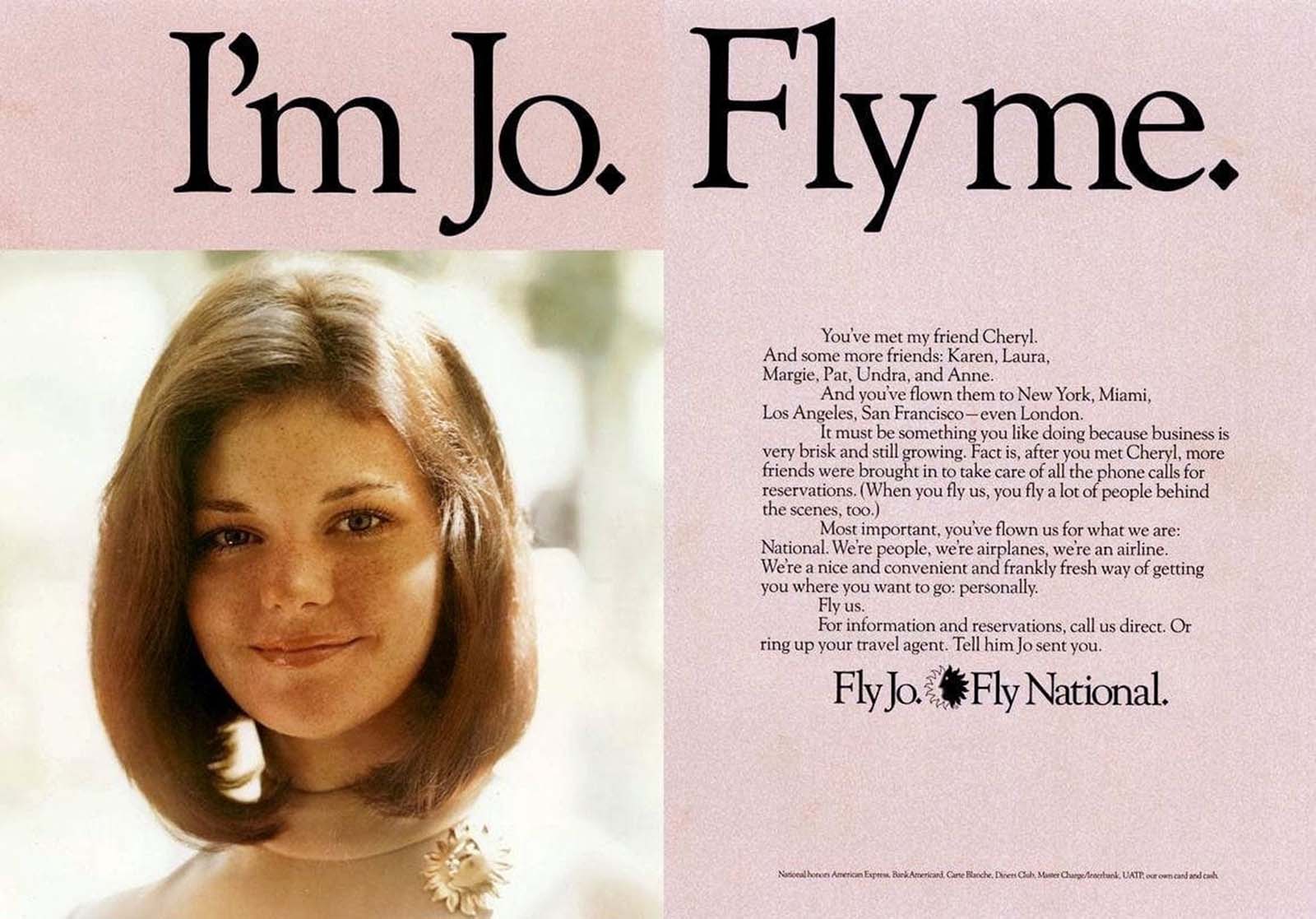
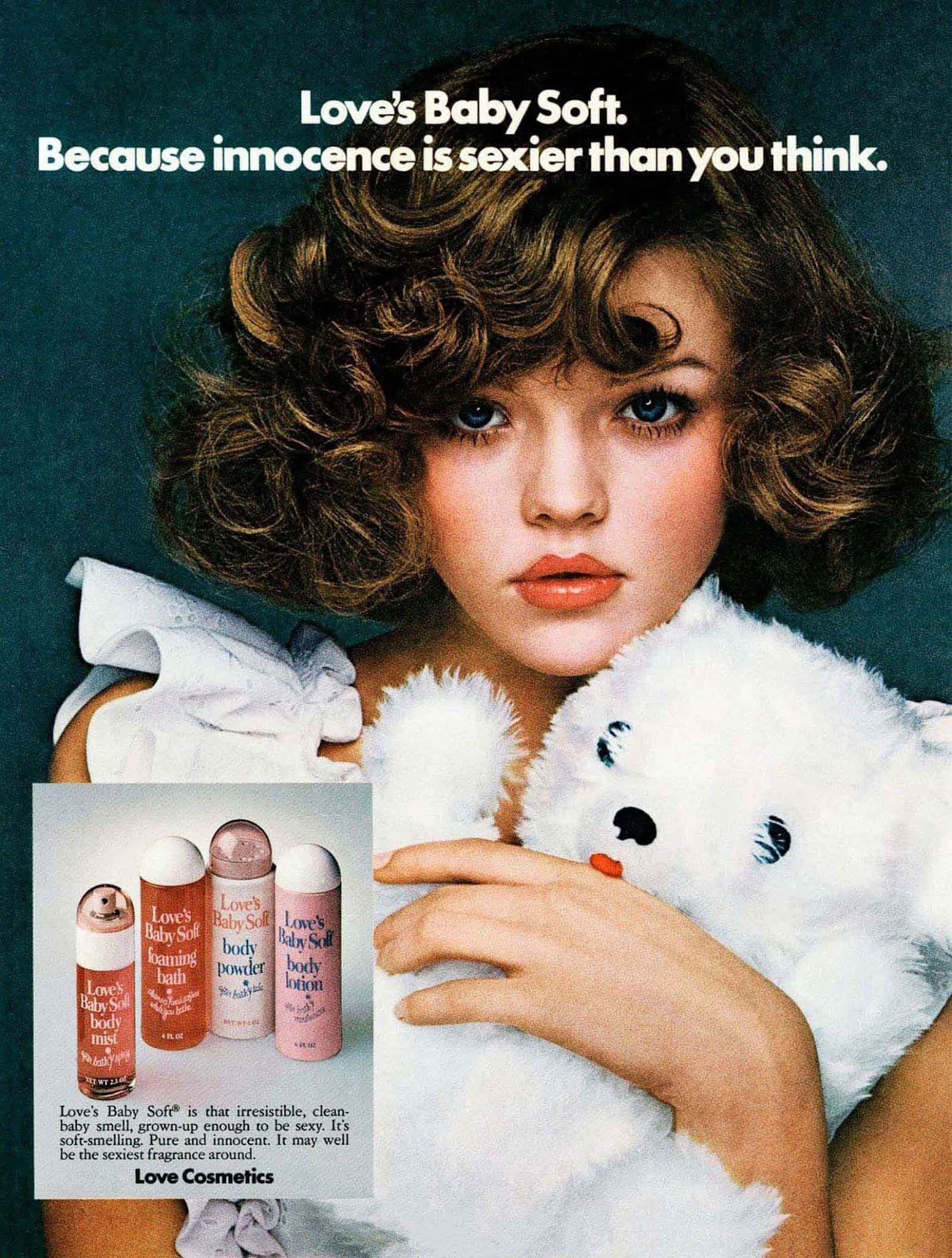

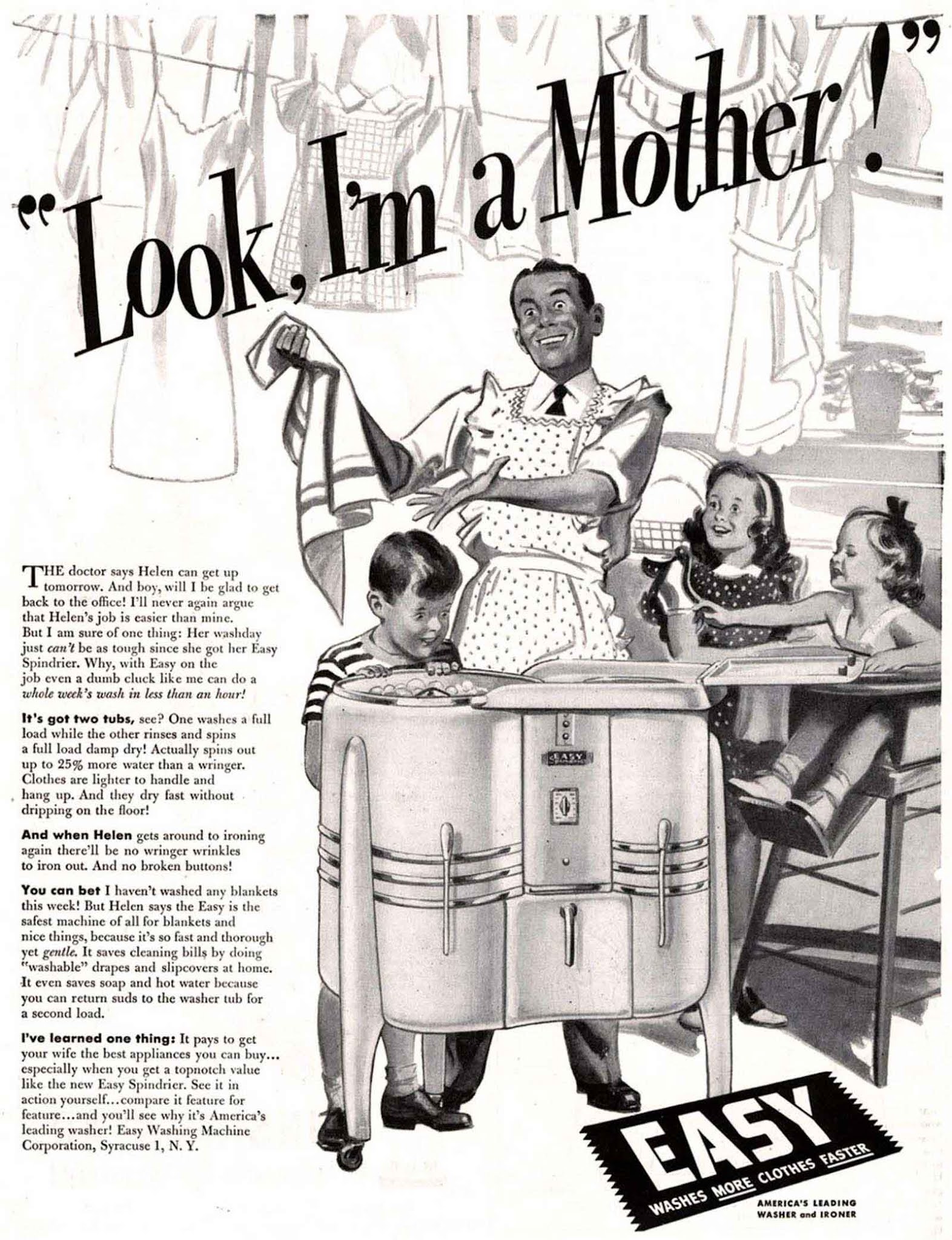
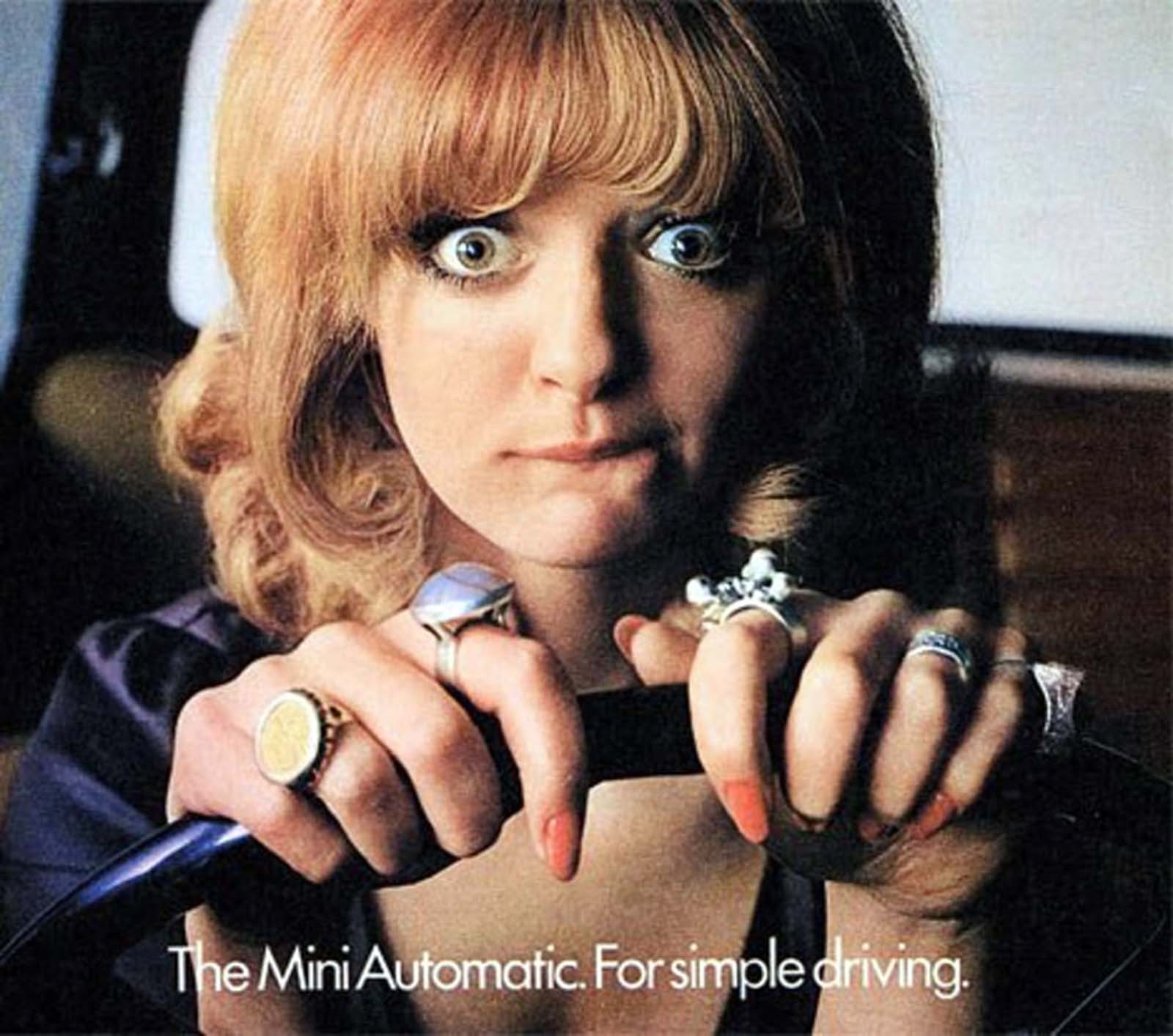
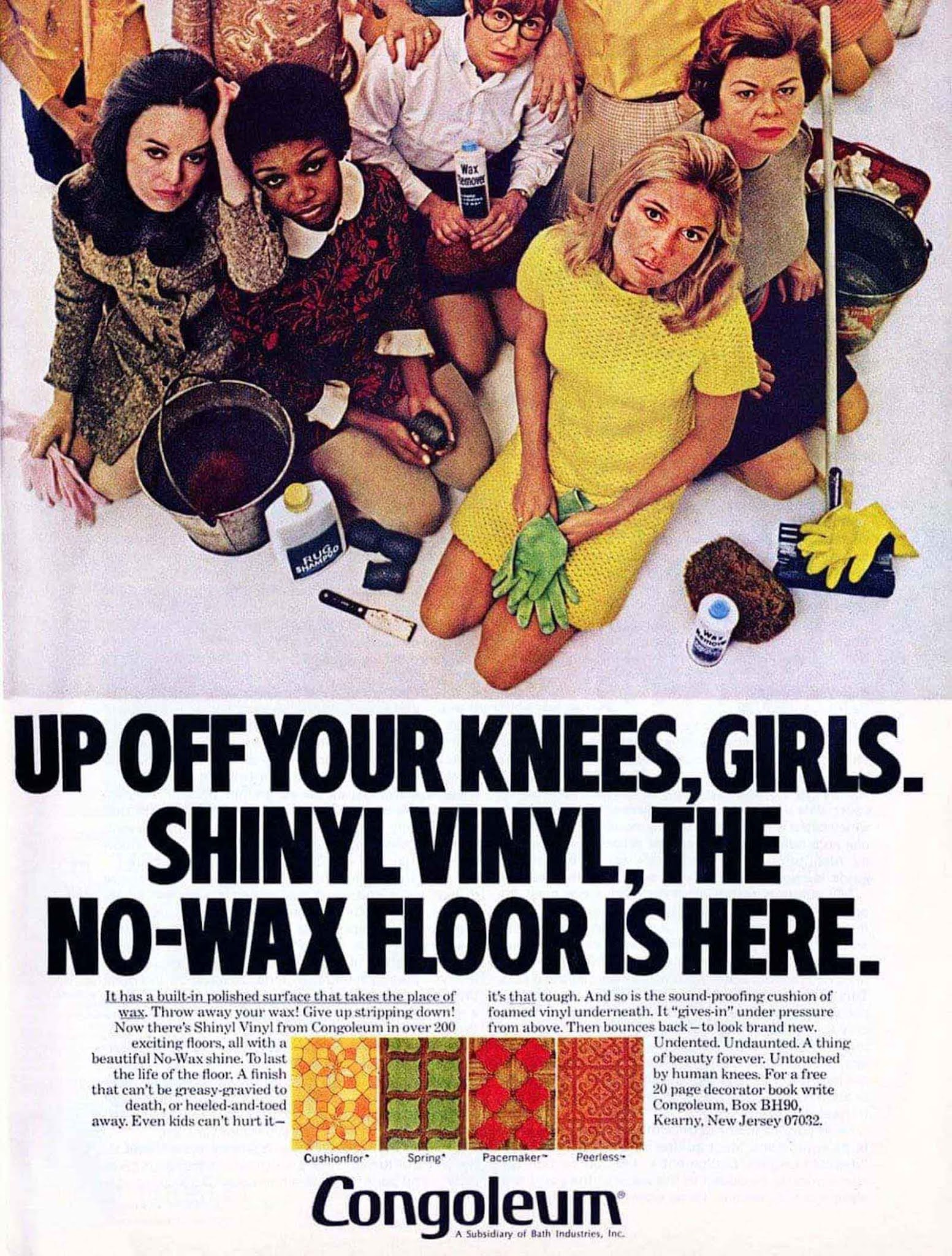
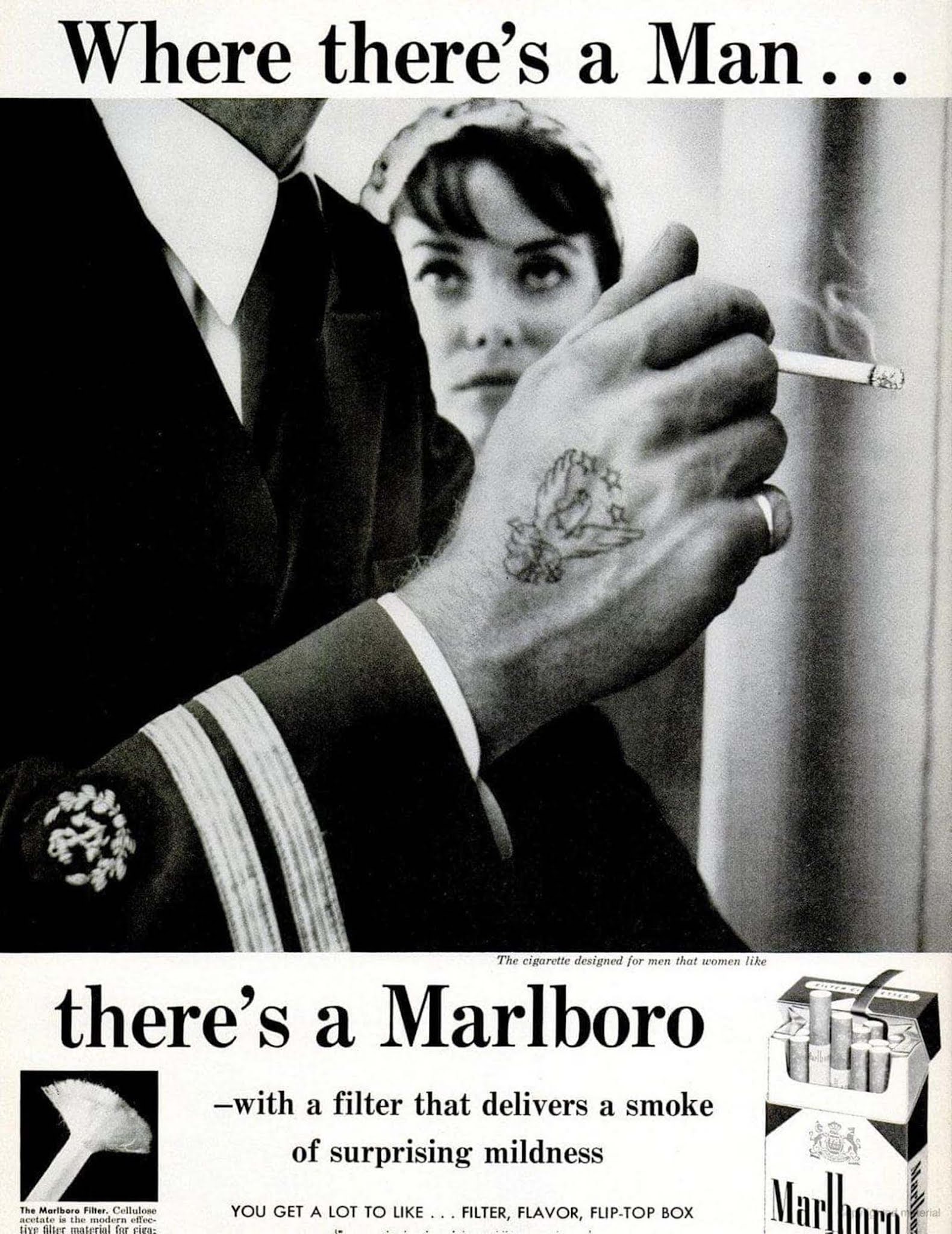
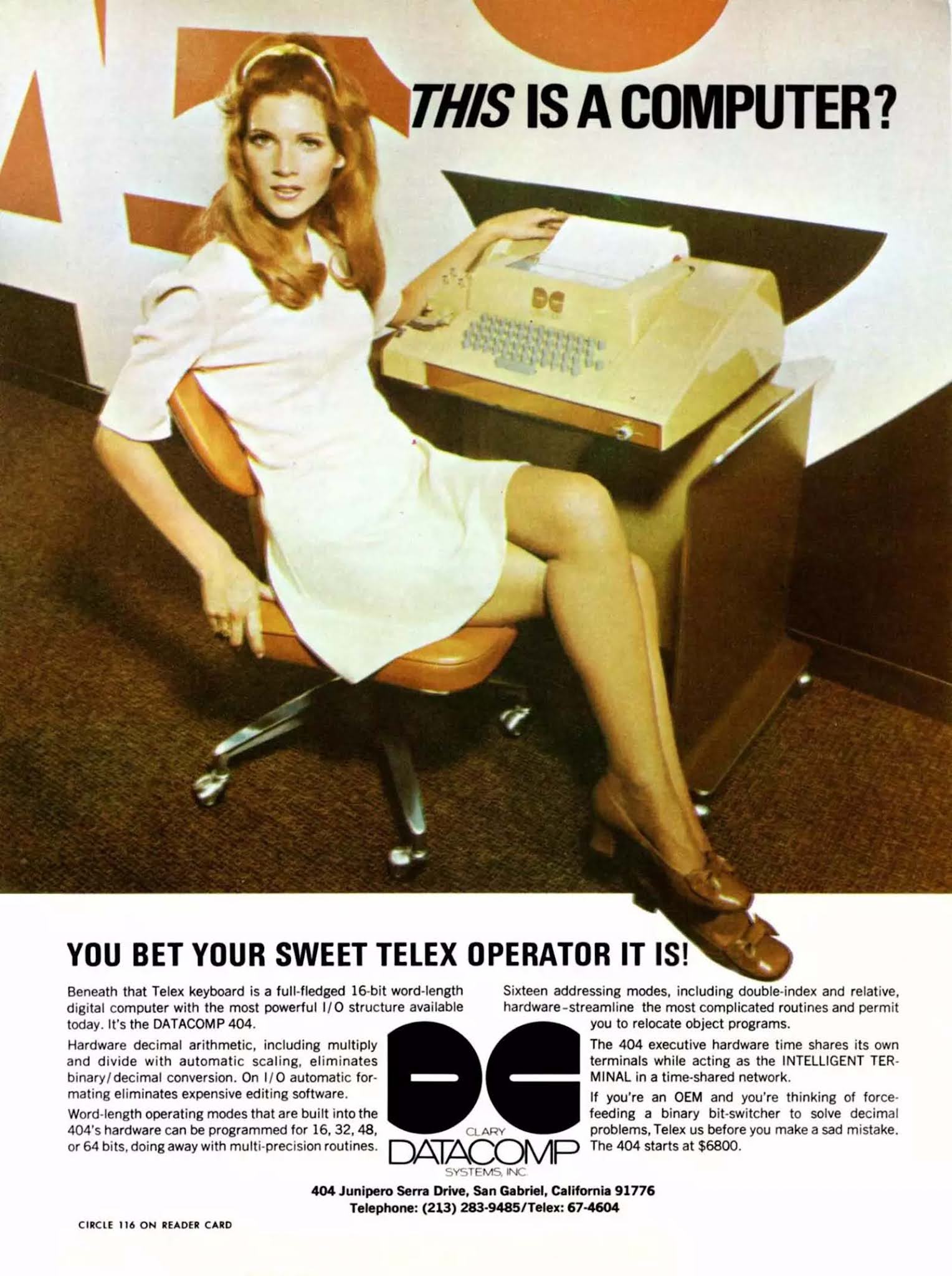
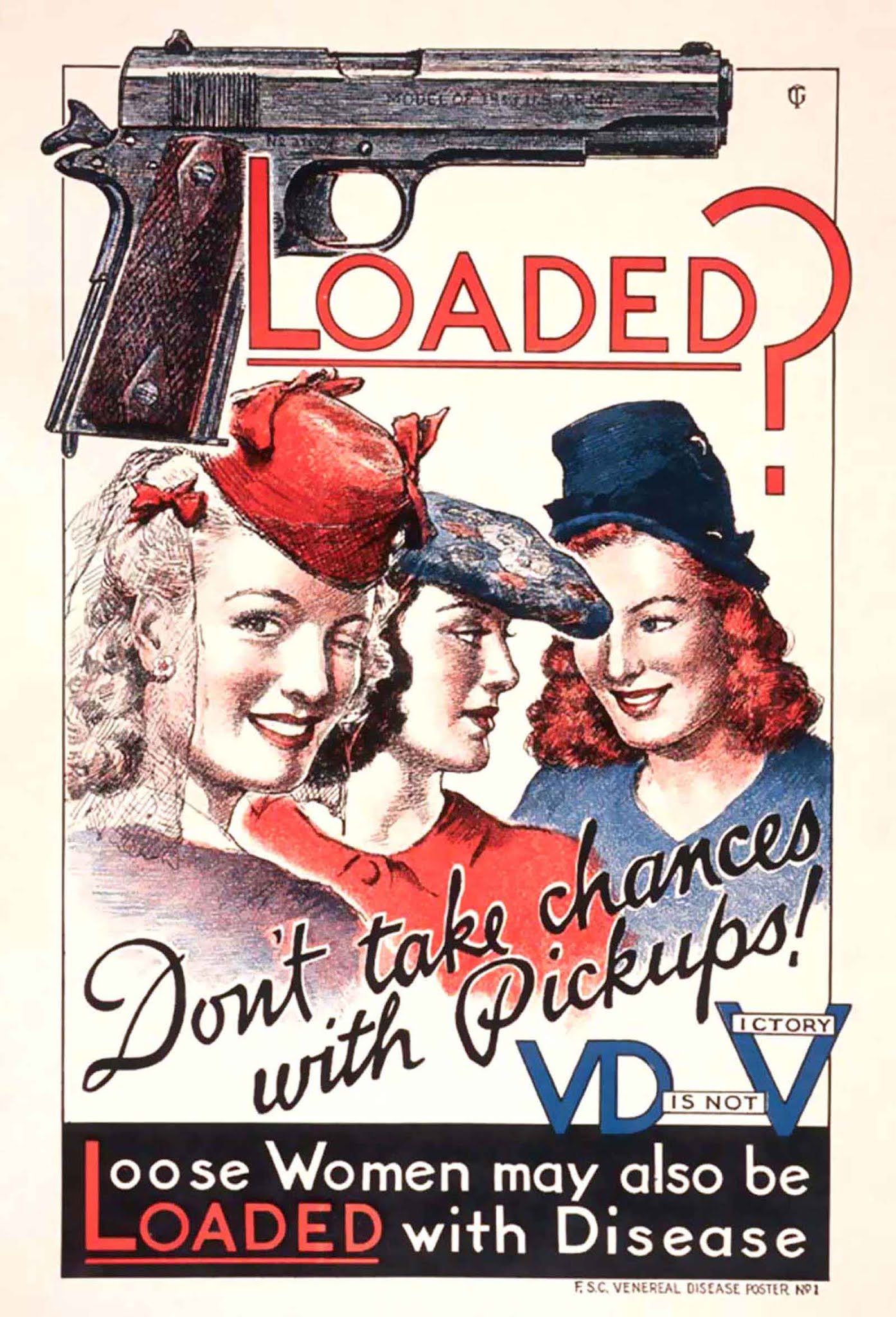

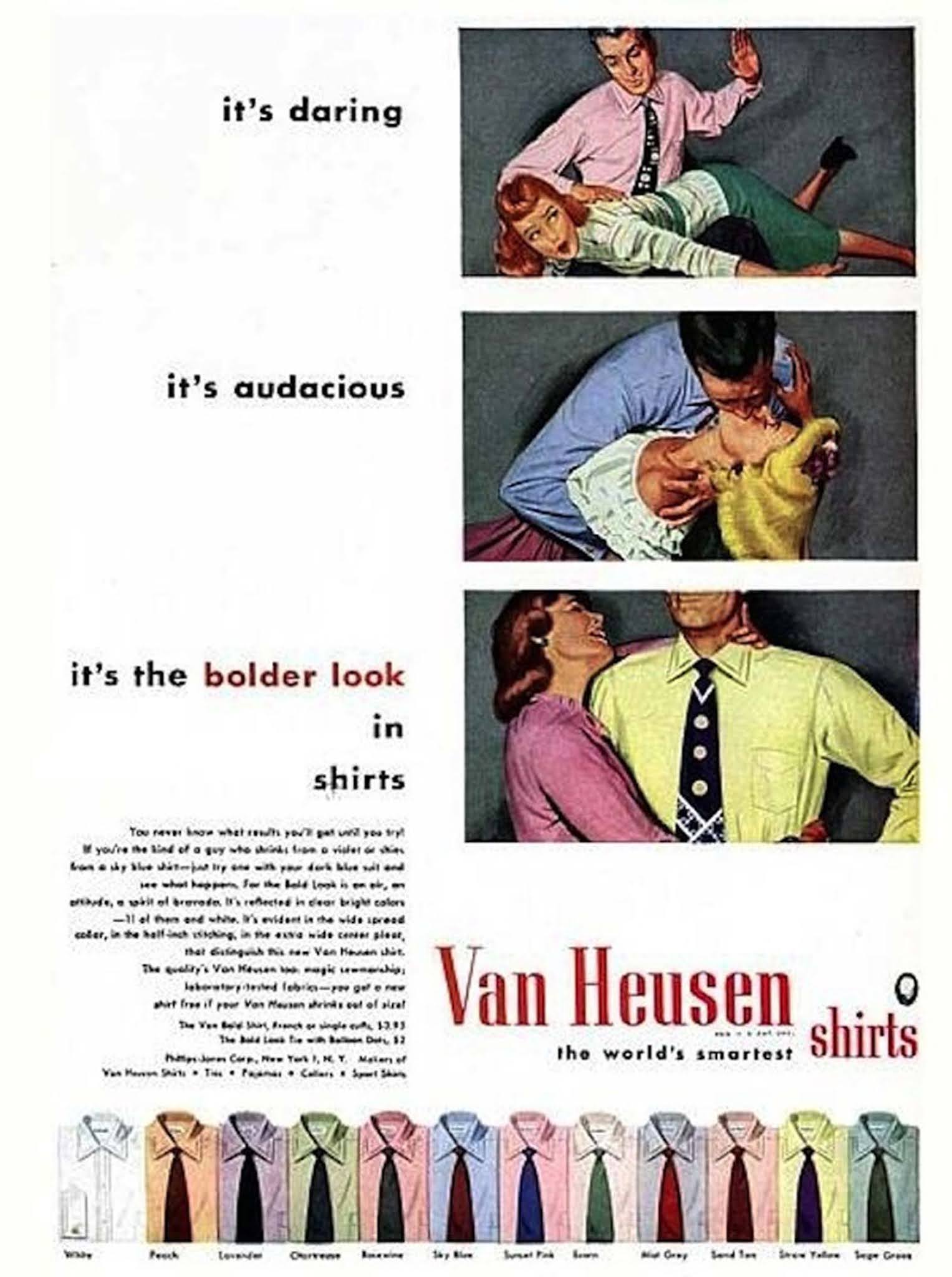
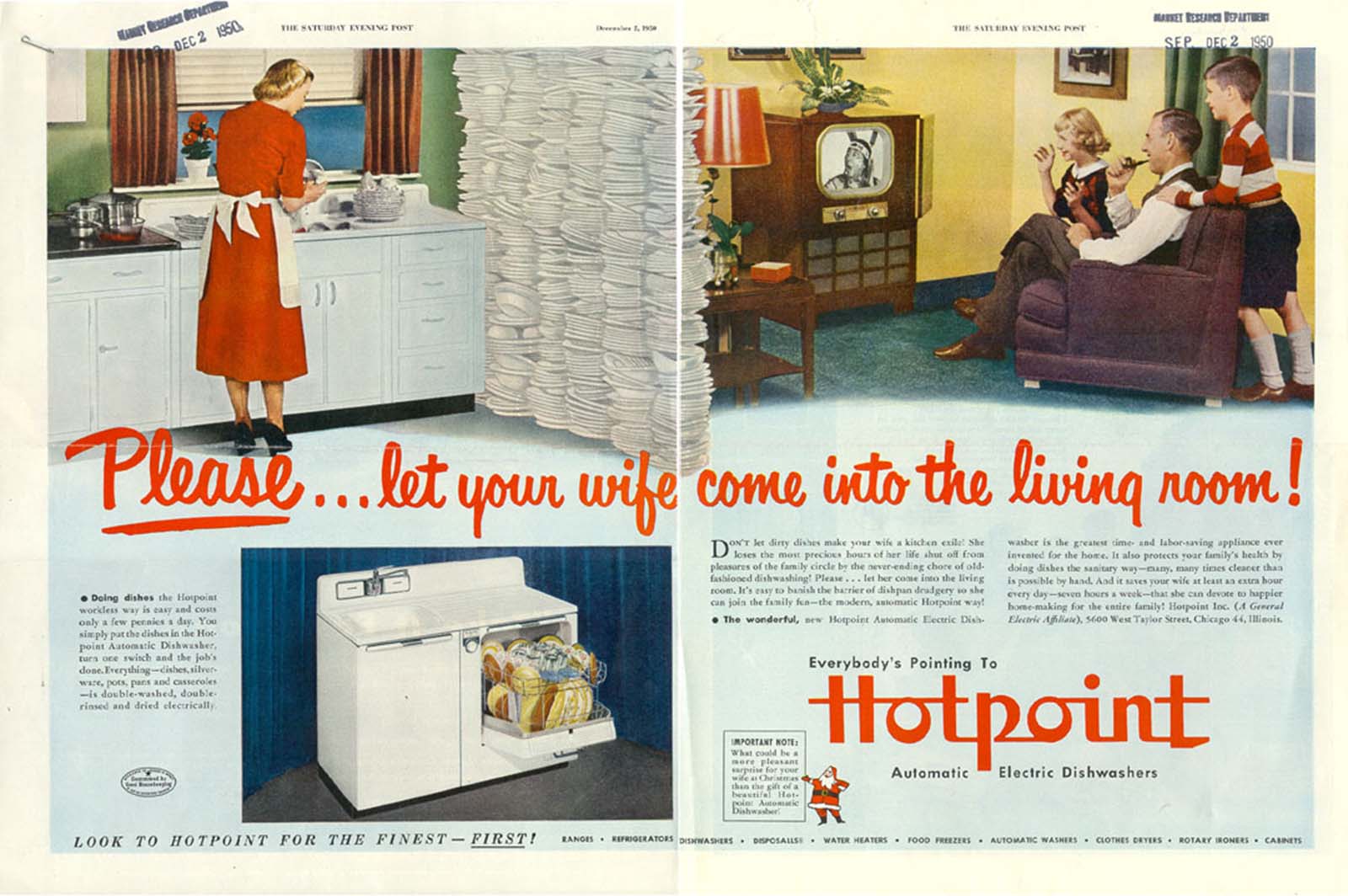
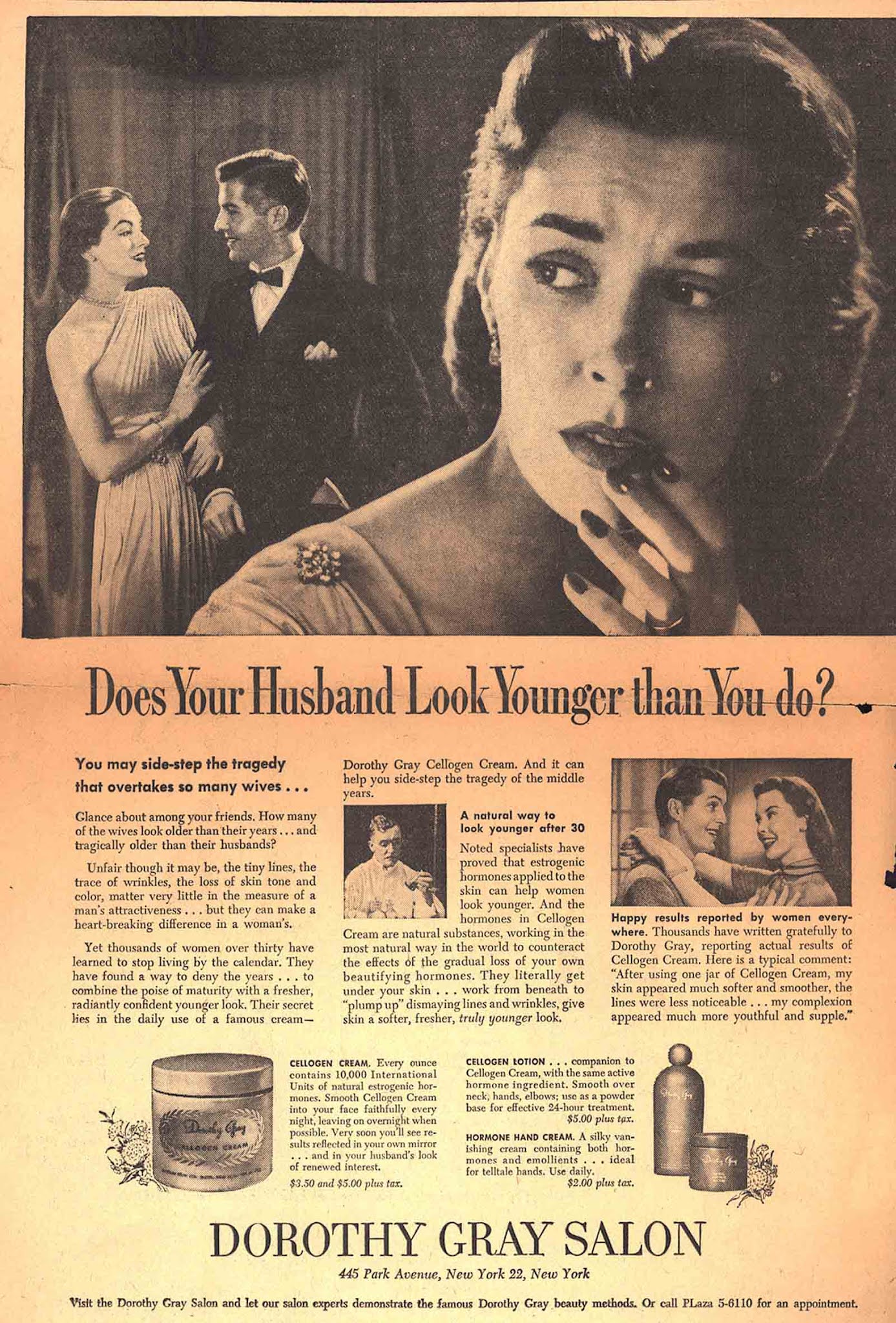

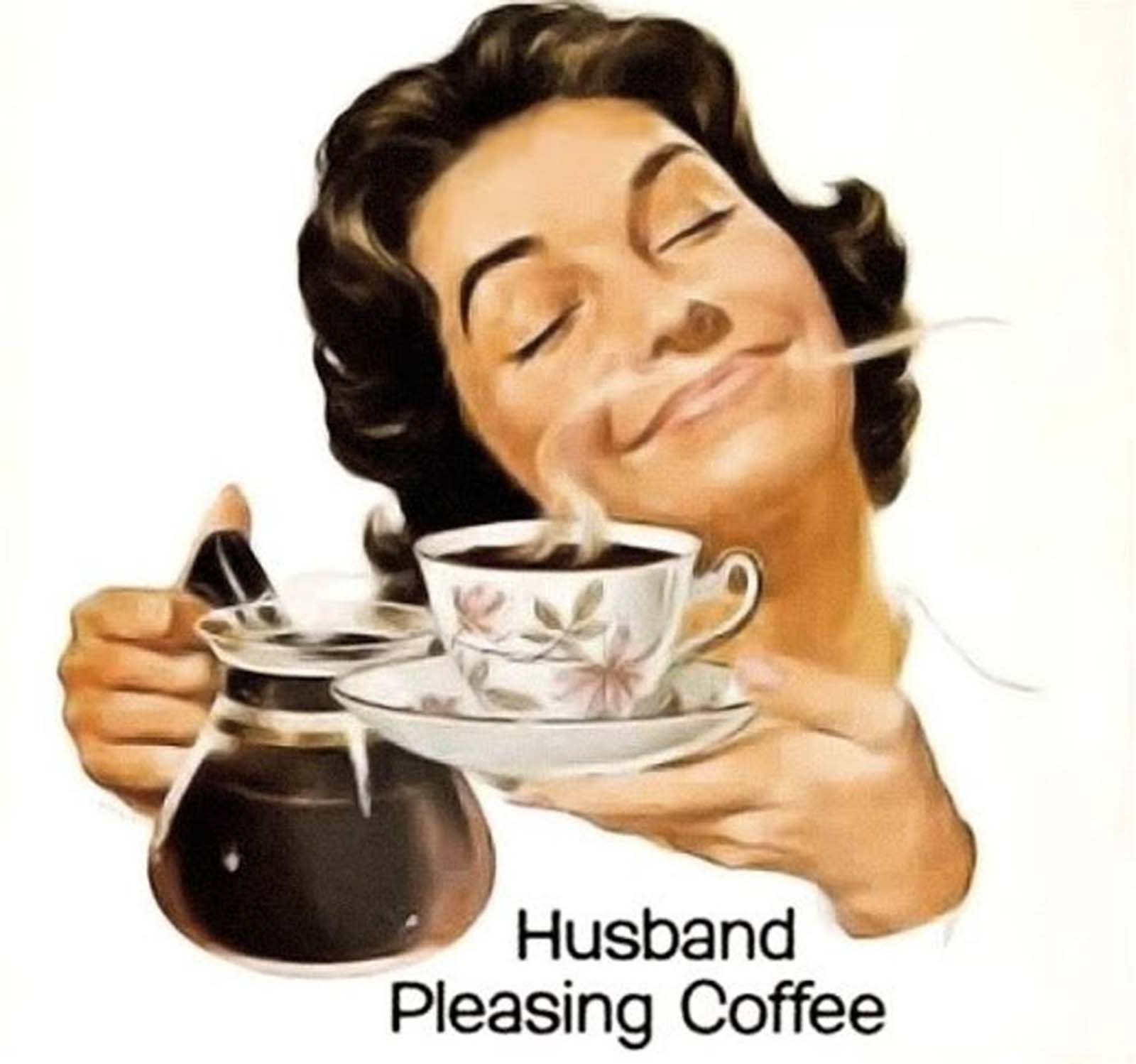
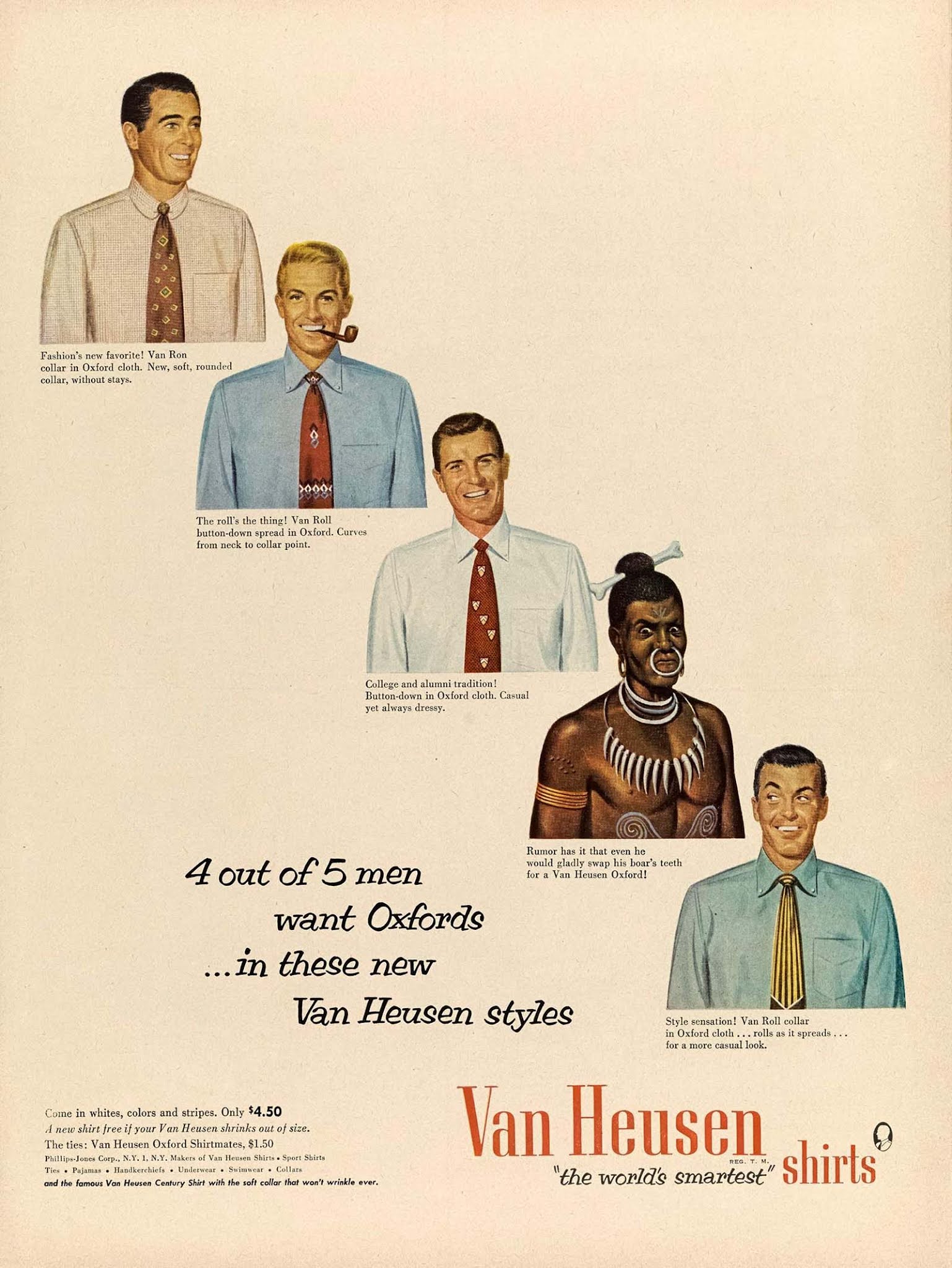
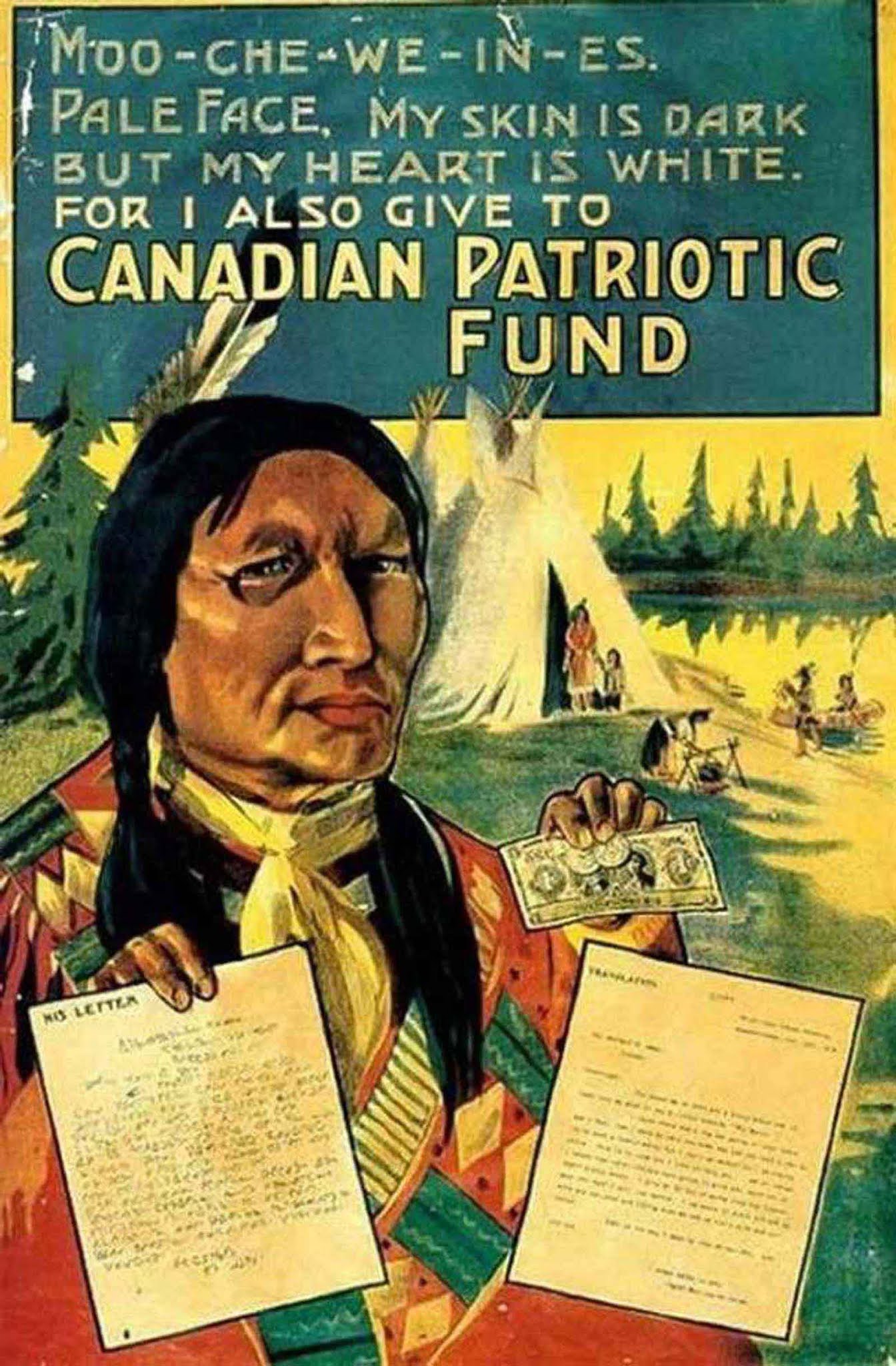
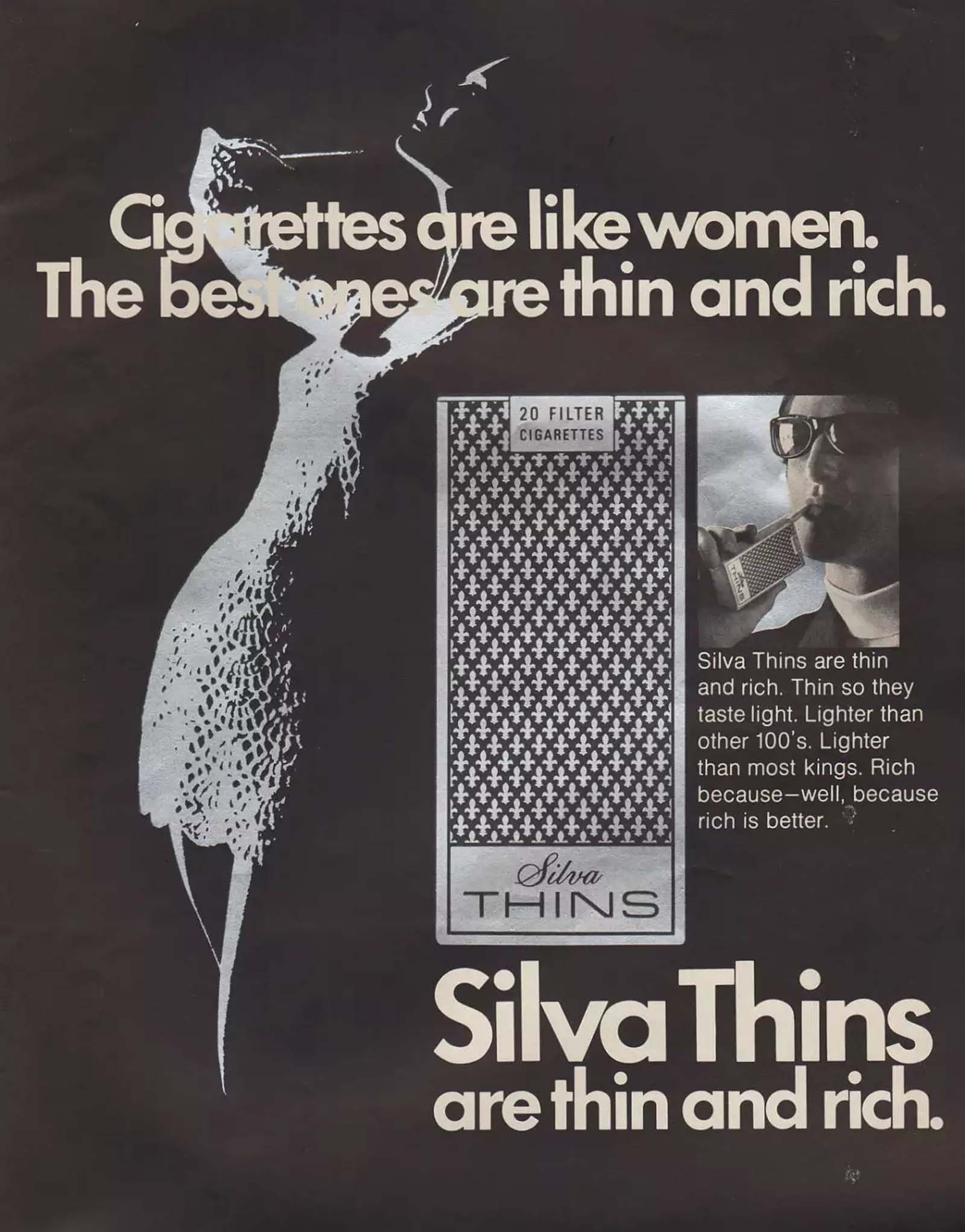
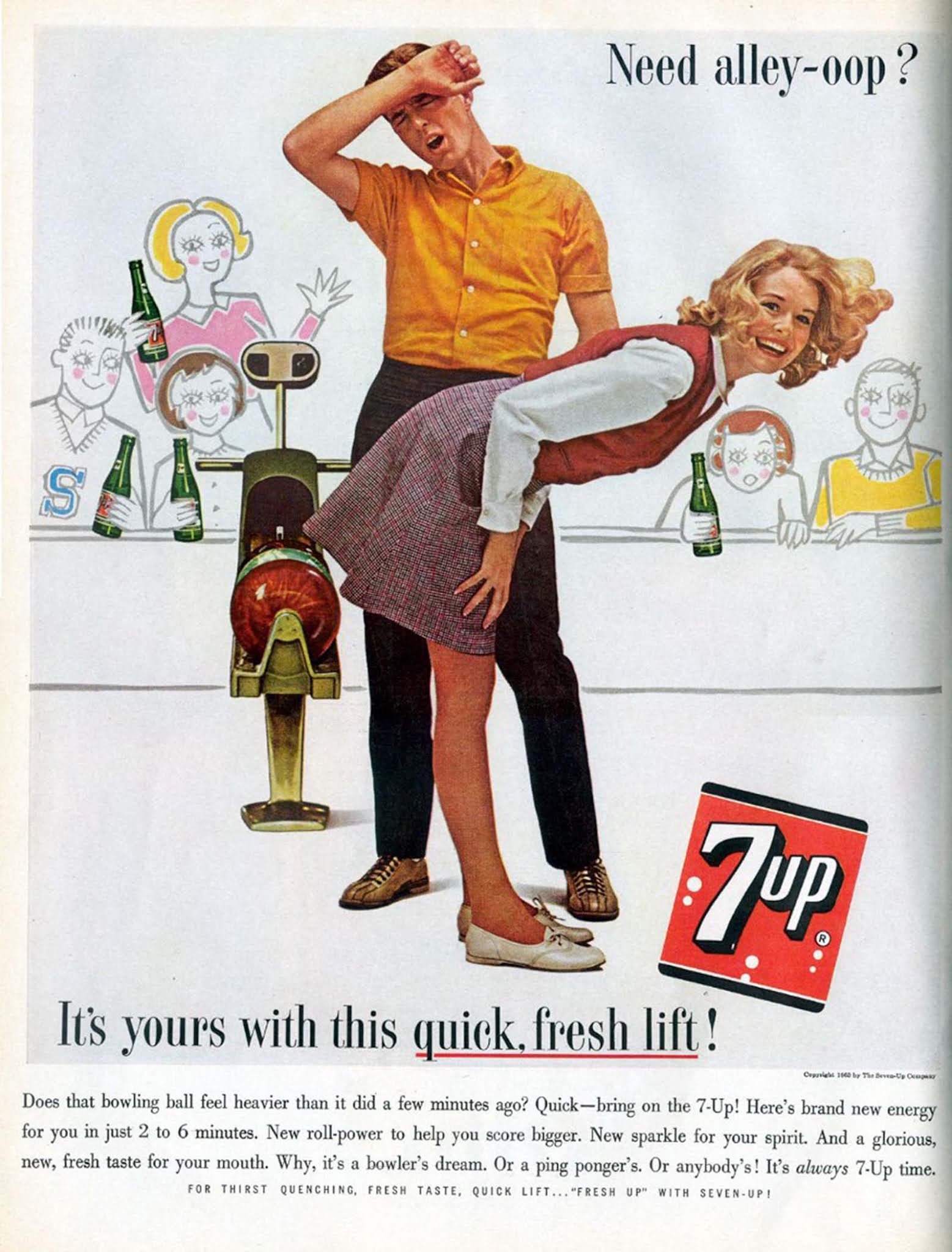
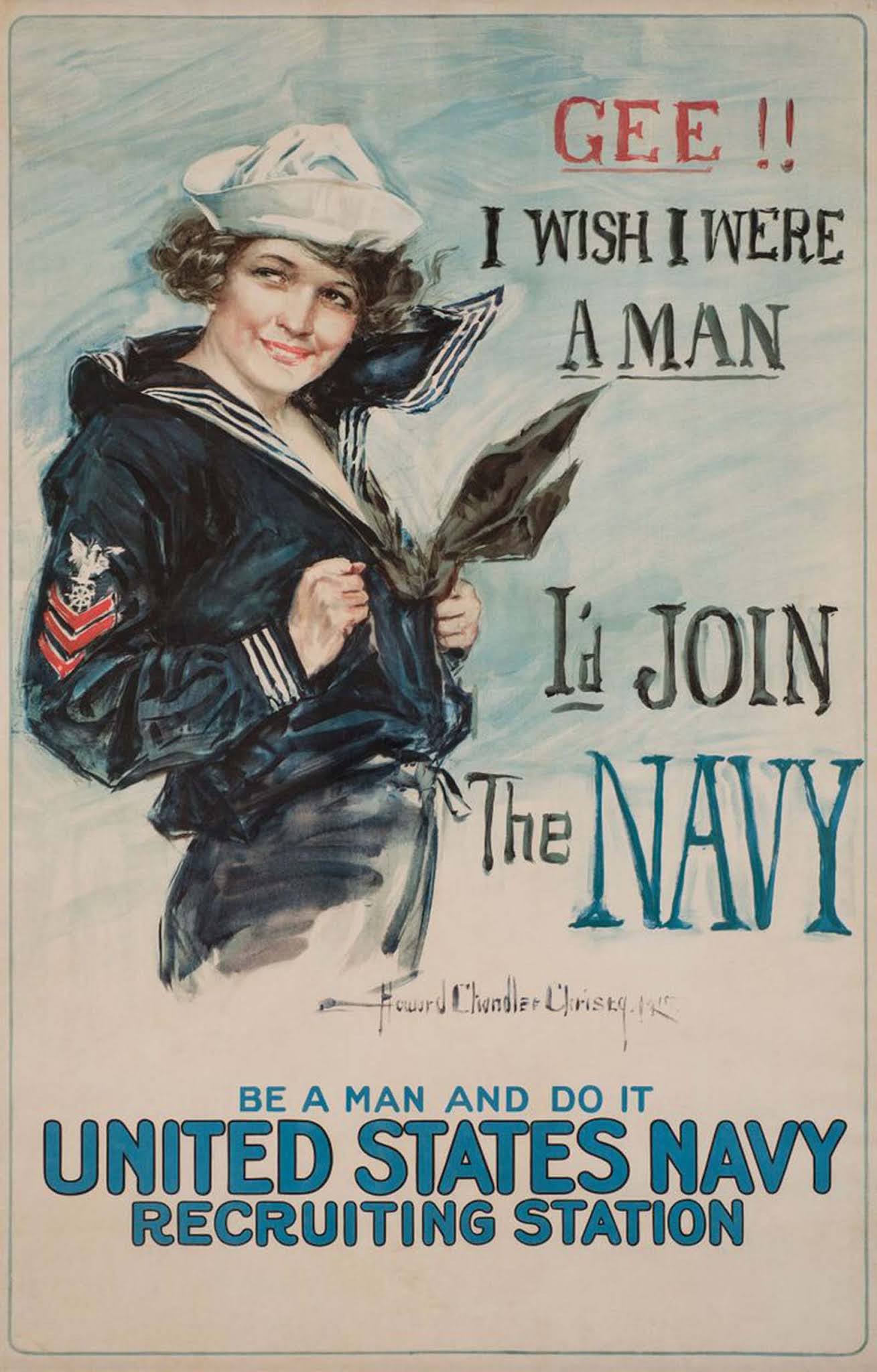
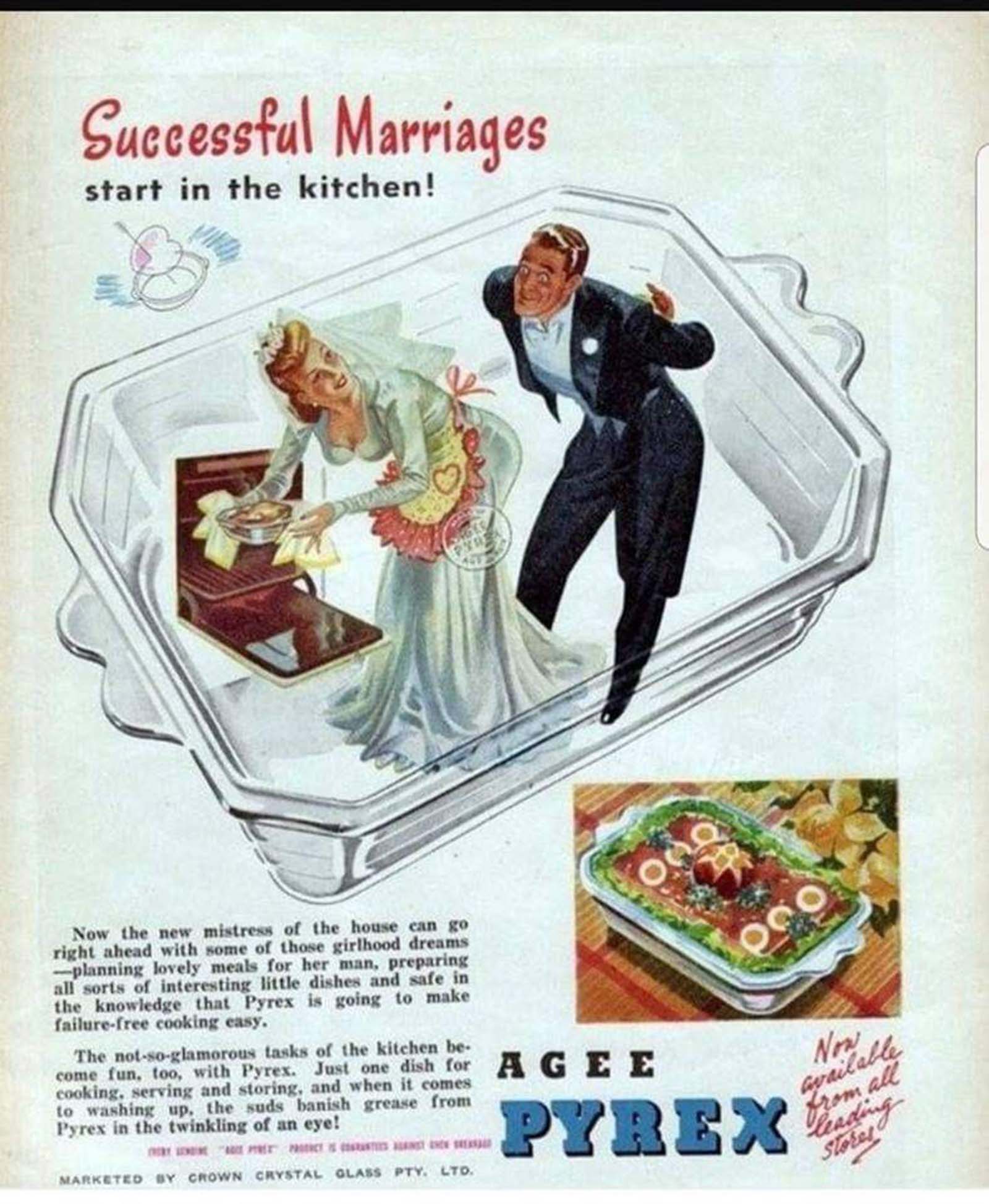
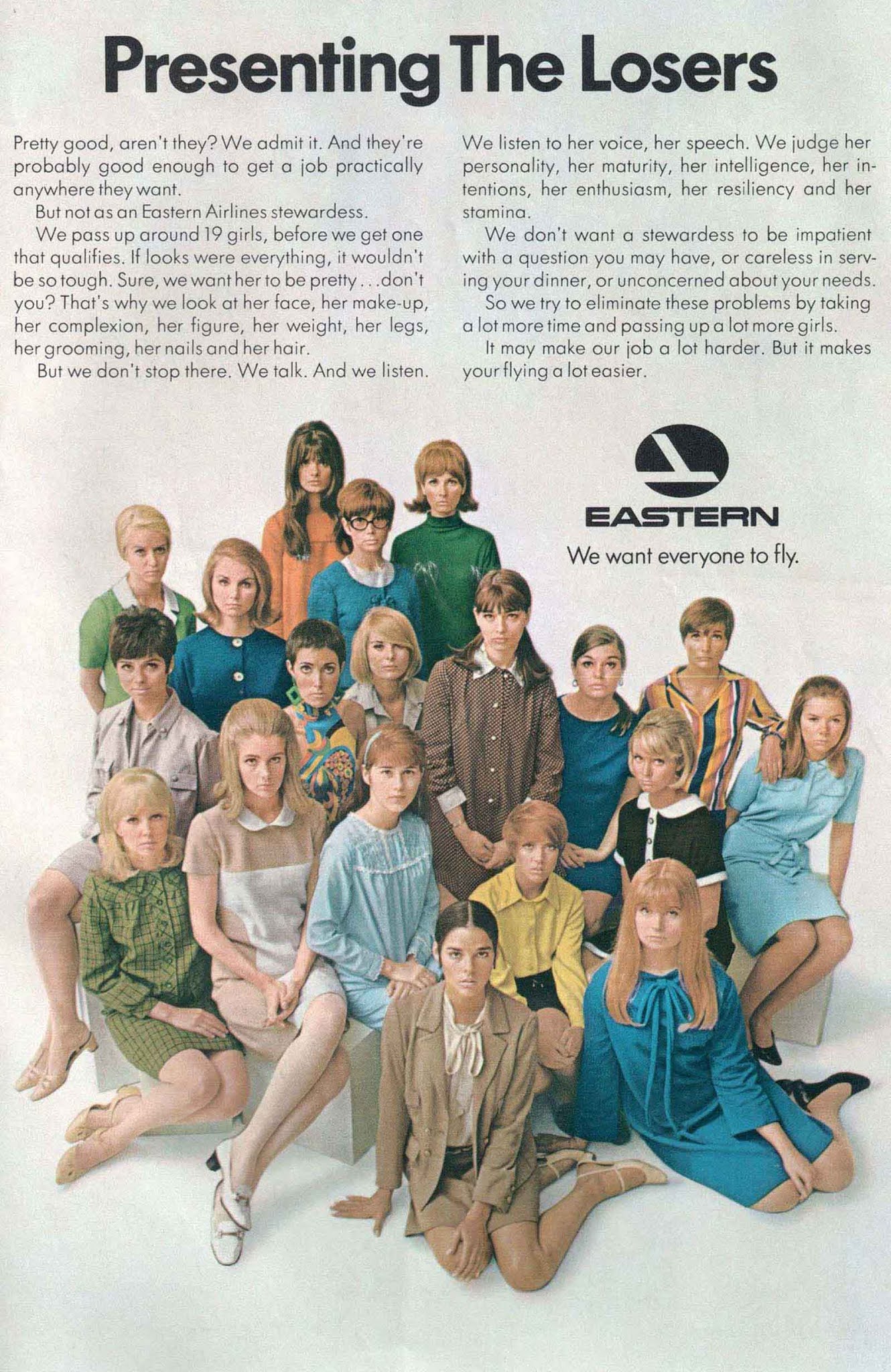
Video
Watch the video to explore Folgers Coffee’s sexist ads from the 60s! Don’t miss this look at how advertising has evolved over the years.
Conclusion: Reflecting on the Past and Moving Forward
Looking at these vintage ads, it is impossible not to feel a sense of disbelief at how far we’ve come in terms of gender equality and advertising standards. What once was considered normal has now become outdated and offensive. As society continues to progress, we must continue pushing for more inclusive, respectful, and diverse representations of all genders in the media. The lessons from the past are clear: the fight for equality in advertising—and beyond—is far from over, but the progress we’ve made thus far provides hope for a future where respect and inclusion take center stage.
In the end, these vintage ads remind us not only of the mistakes of the past but also of the ongoing work we must do to ensure that our media, culture, and advertisements reflect the values of equality, respect, and dignity for all.
